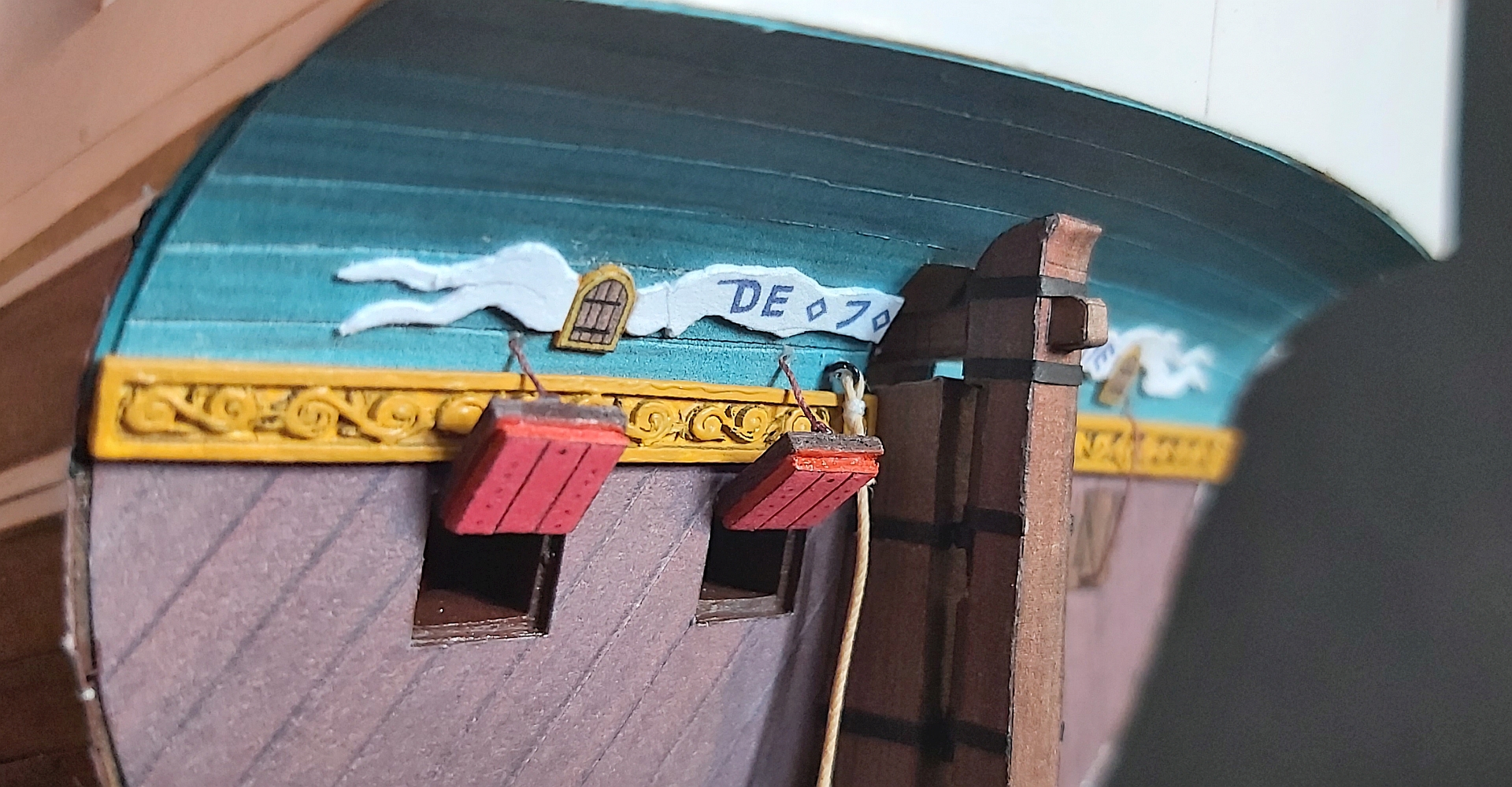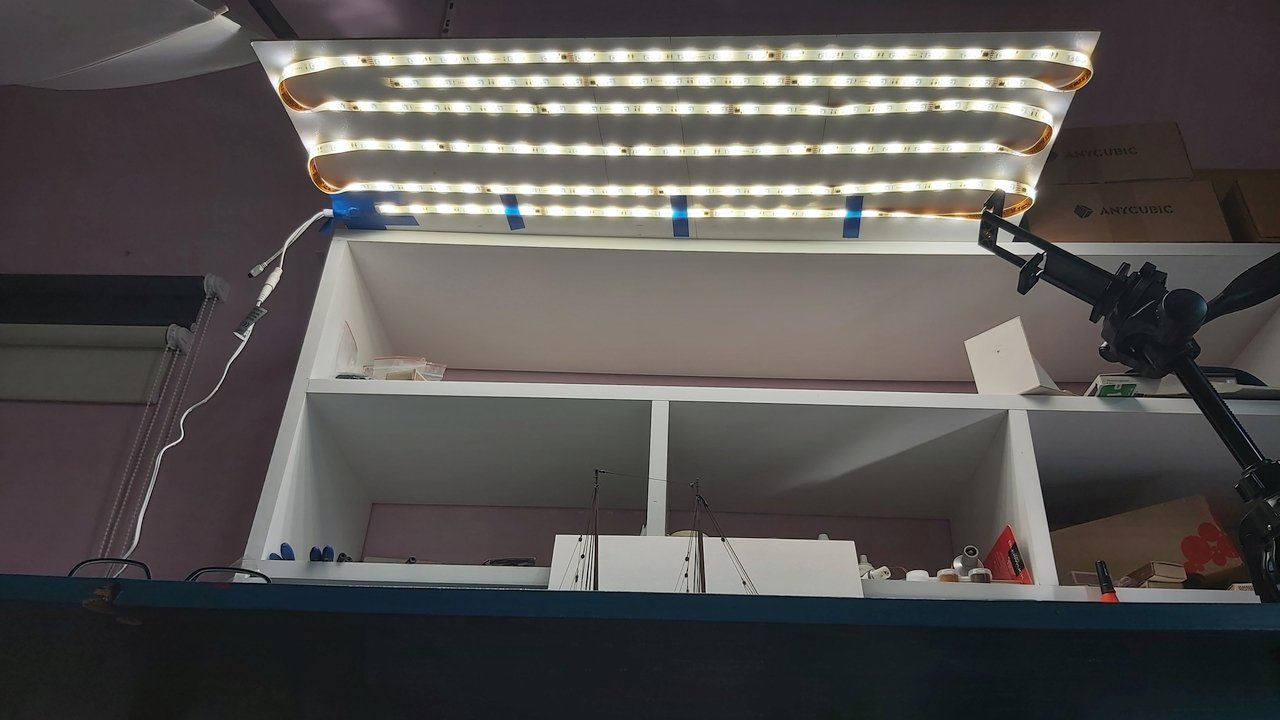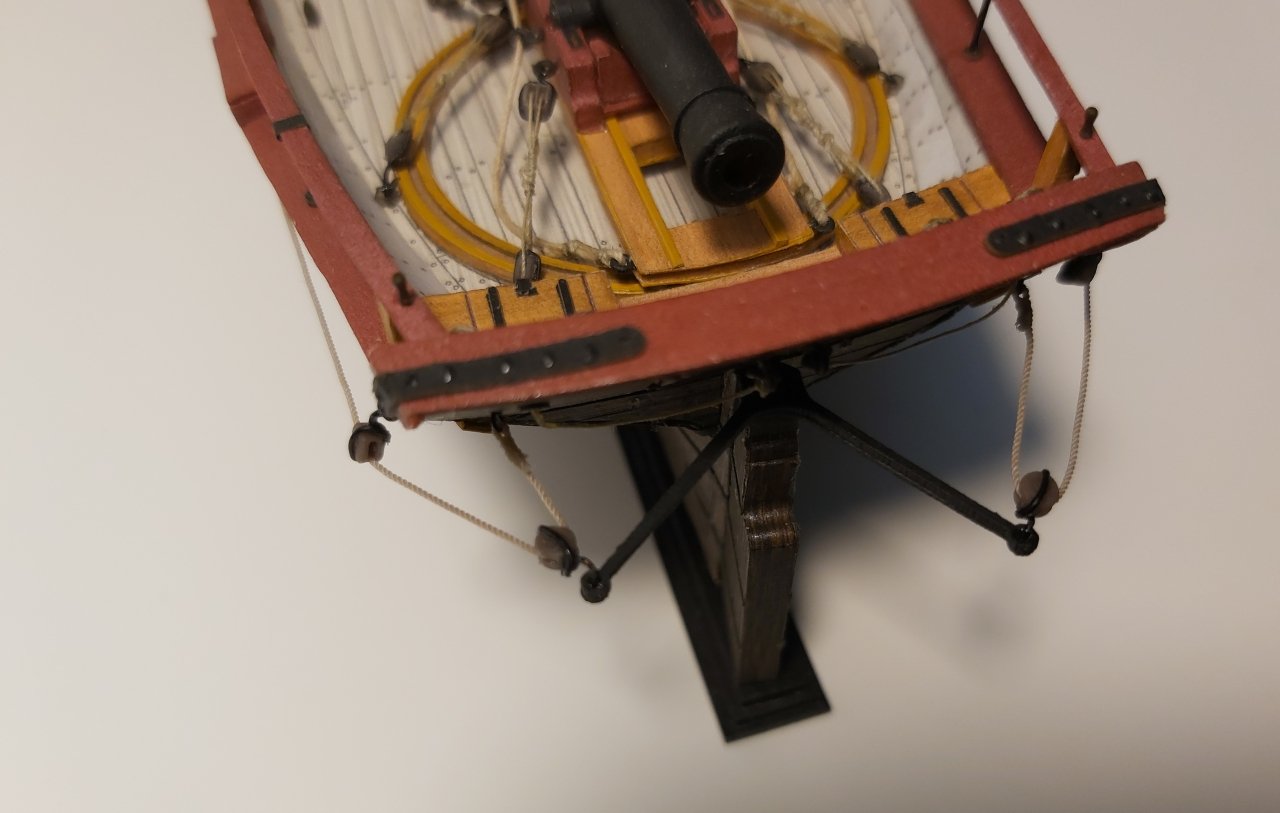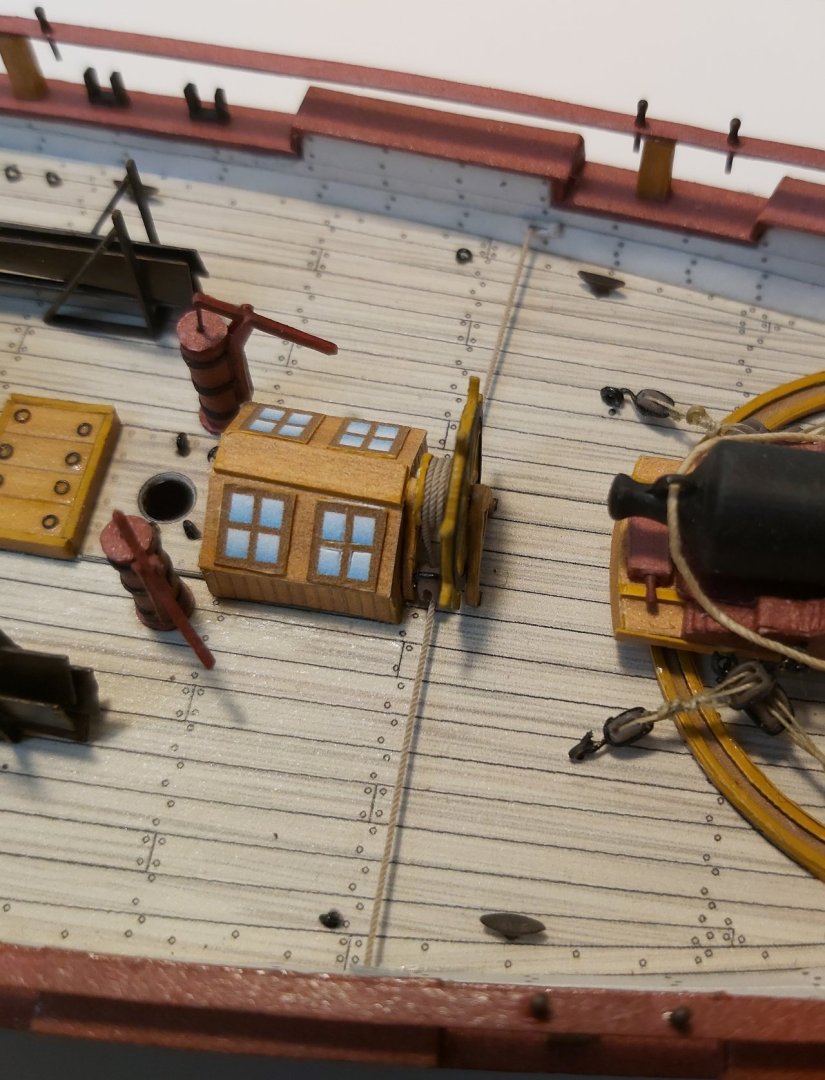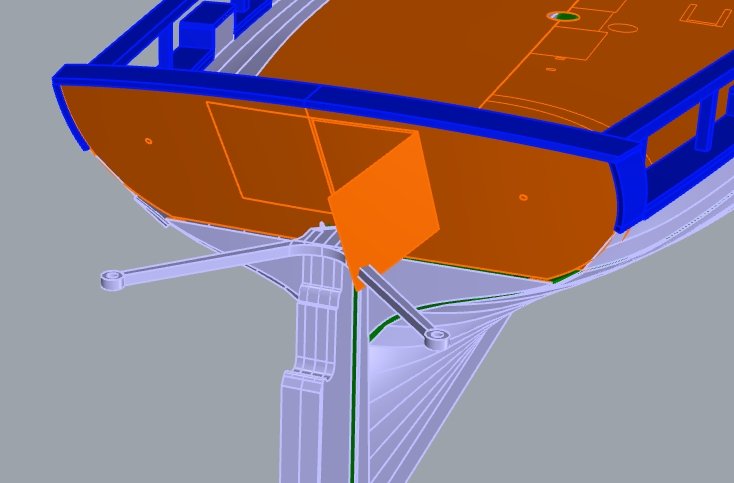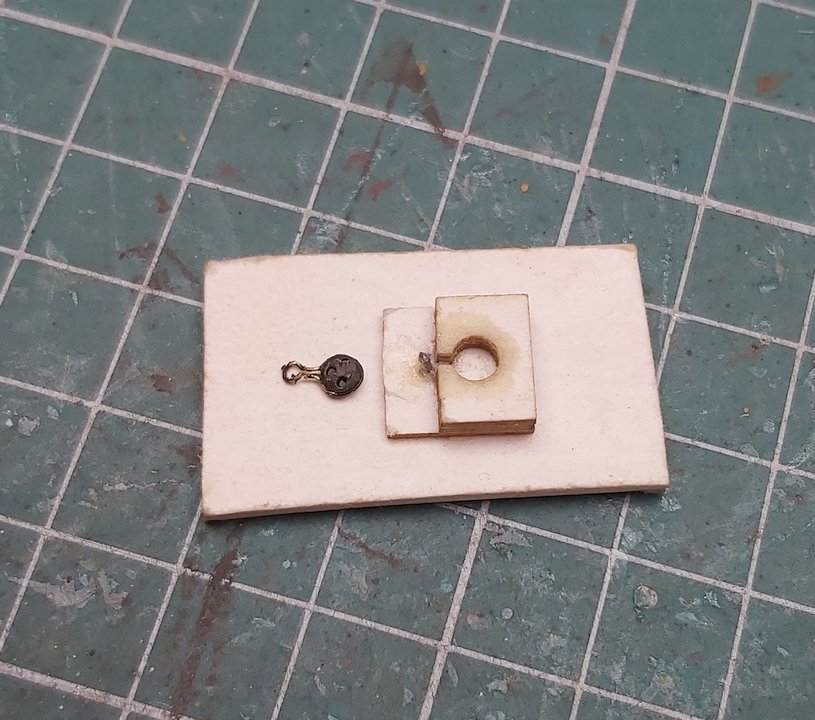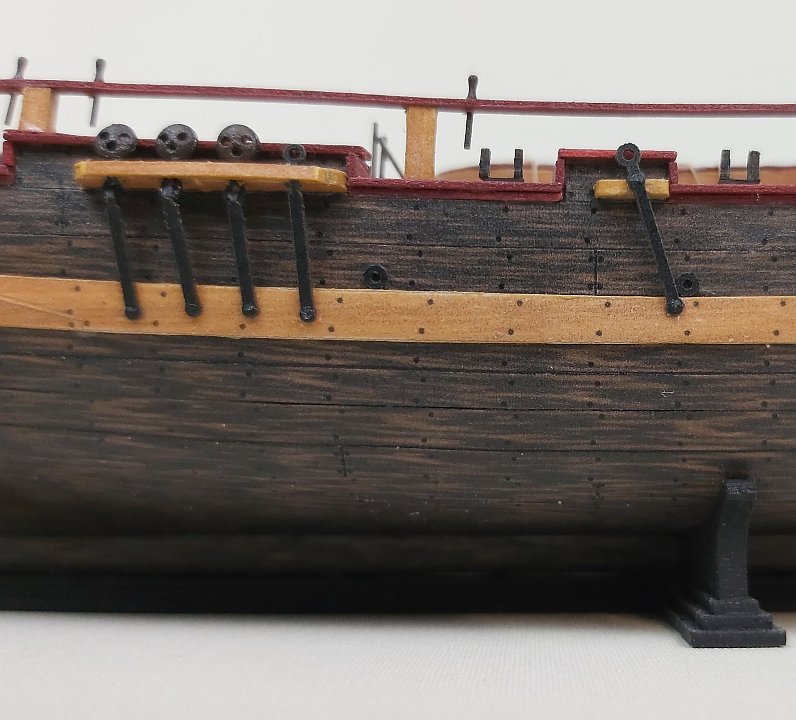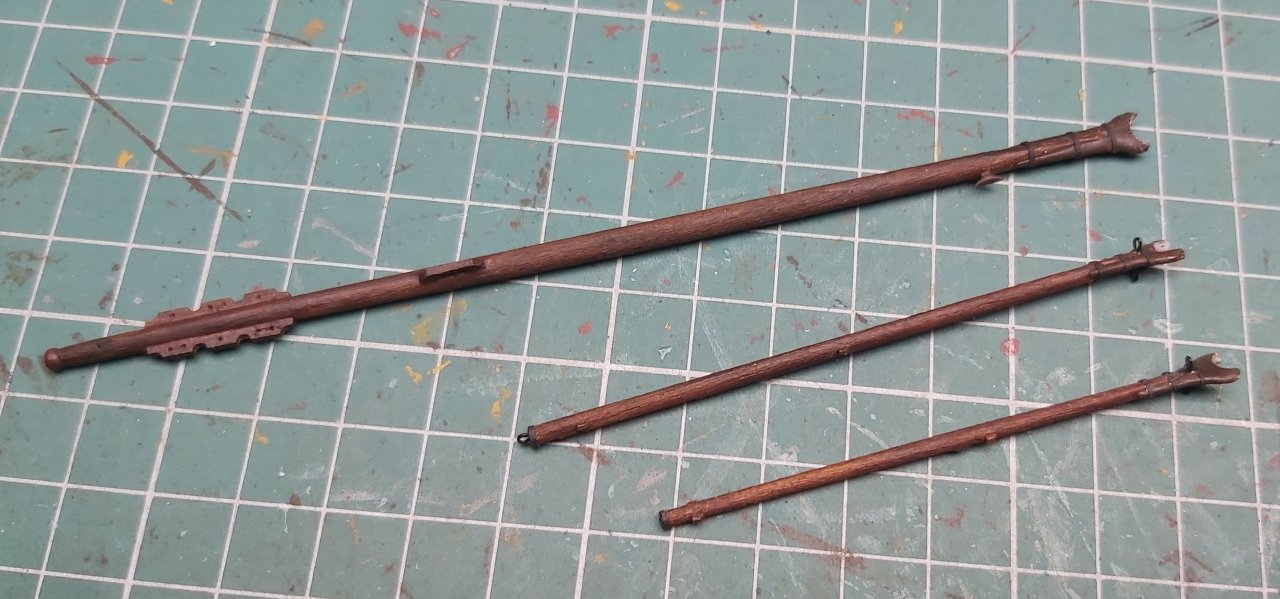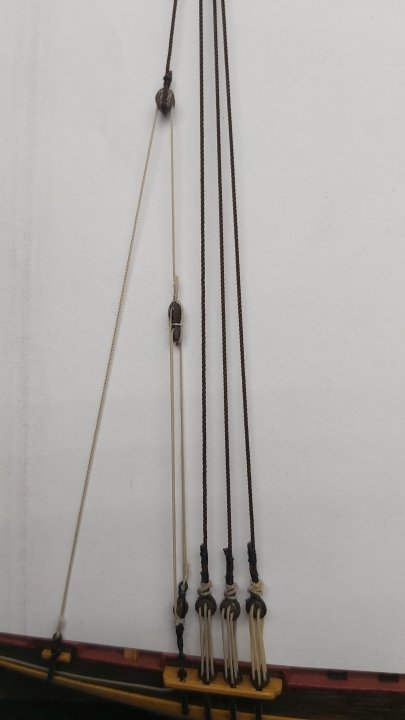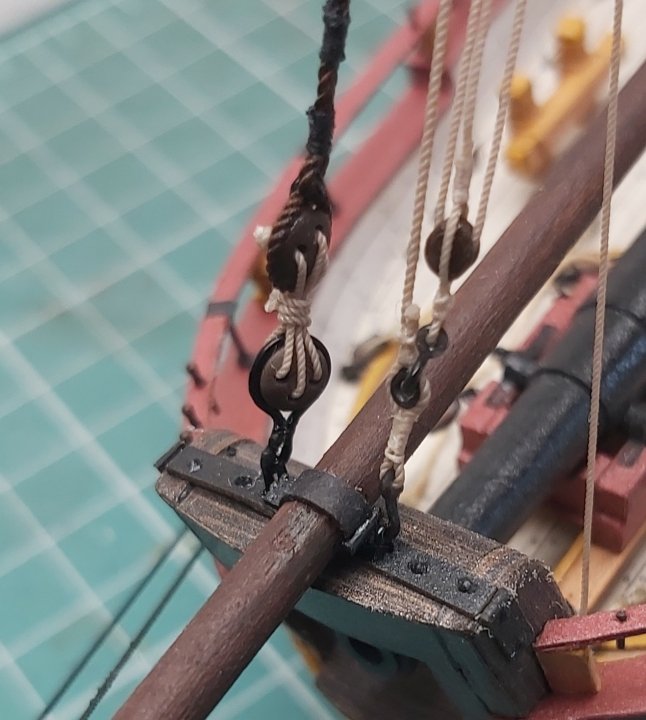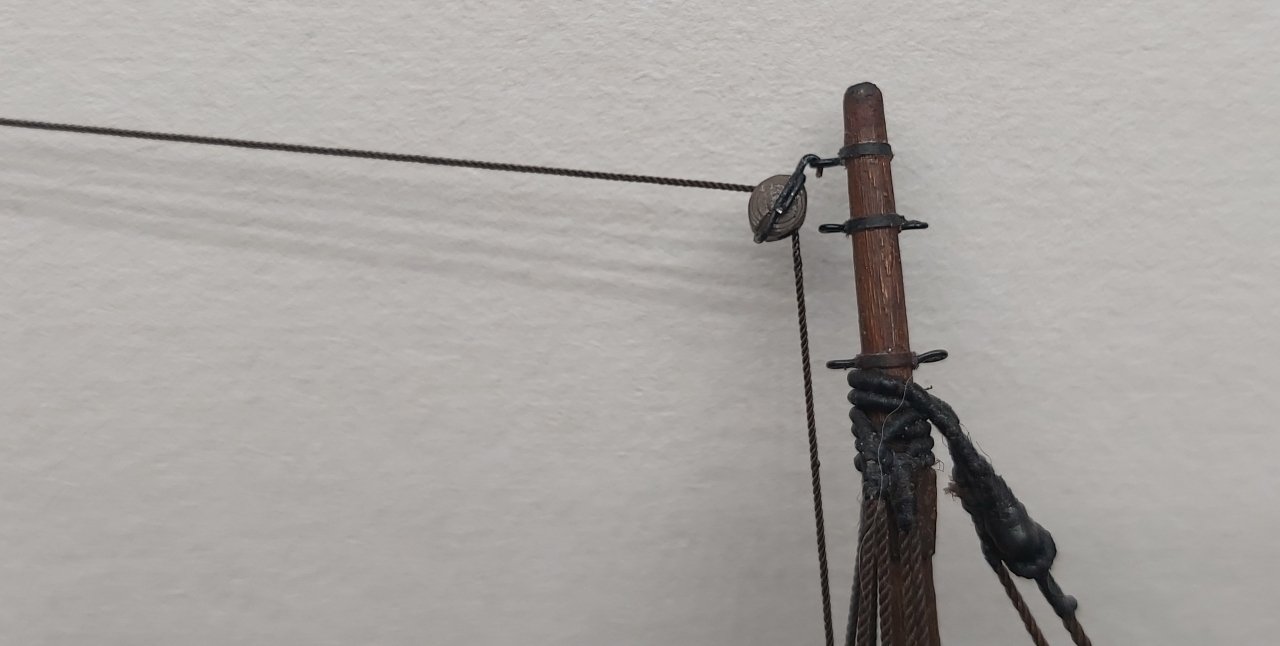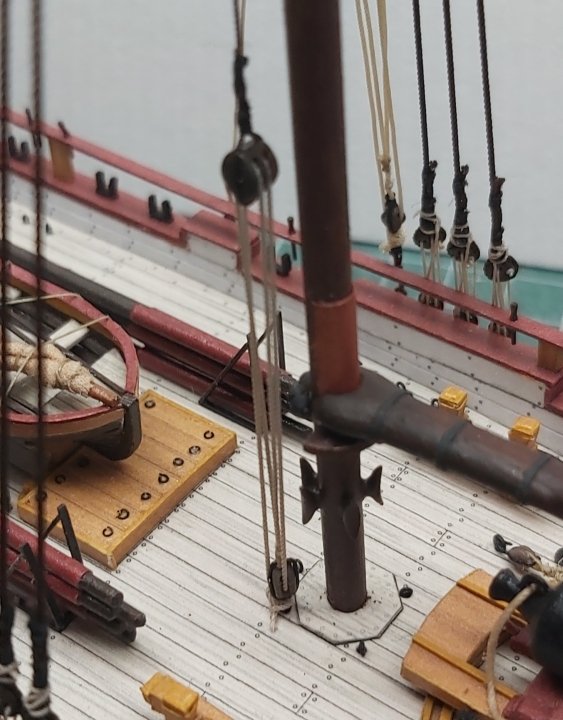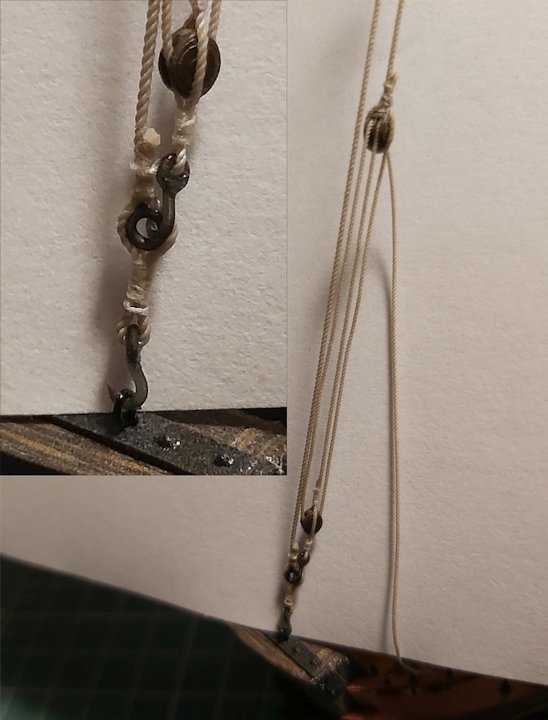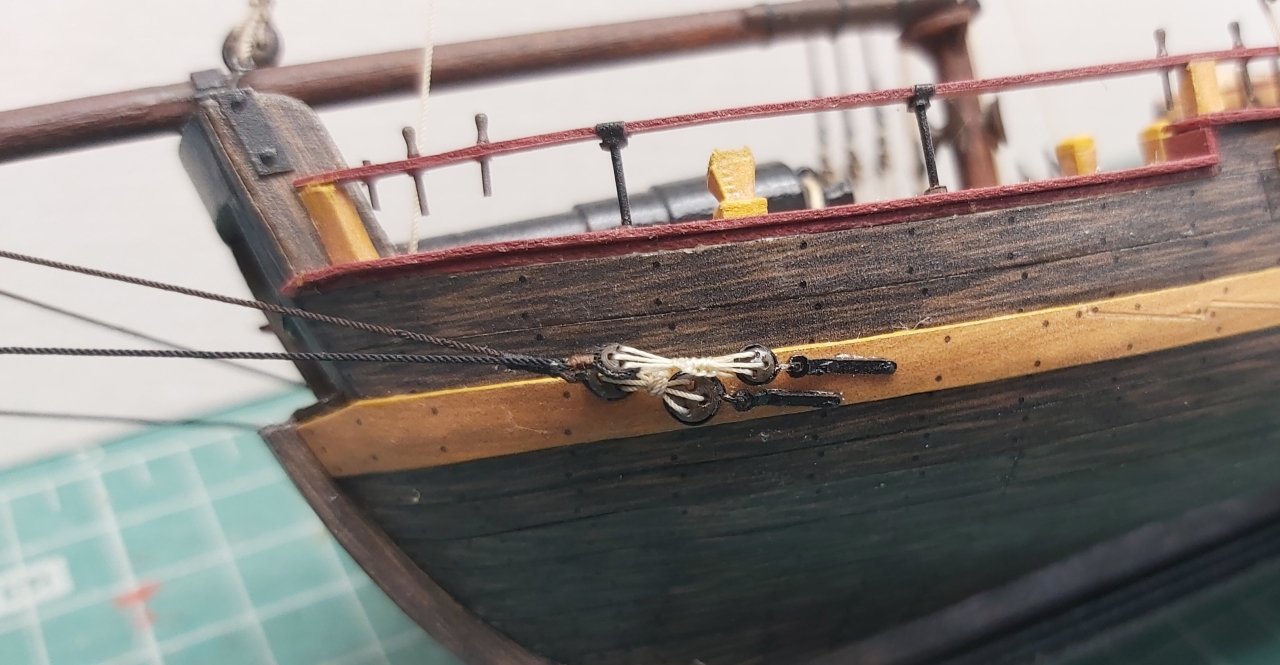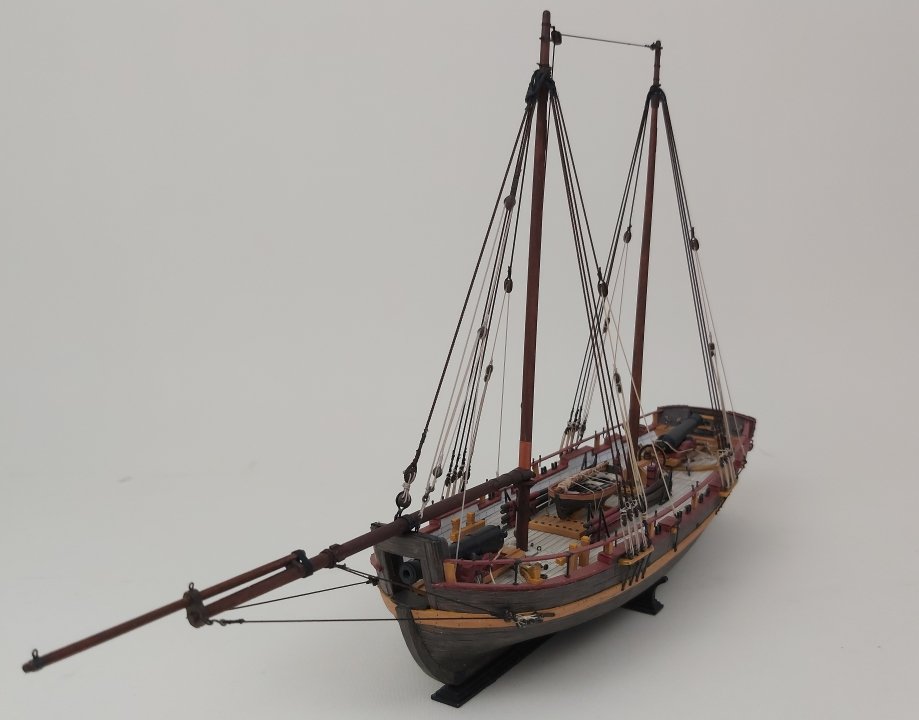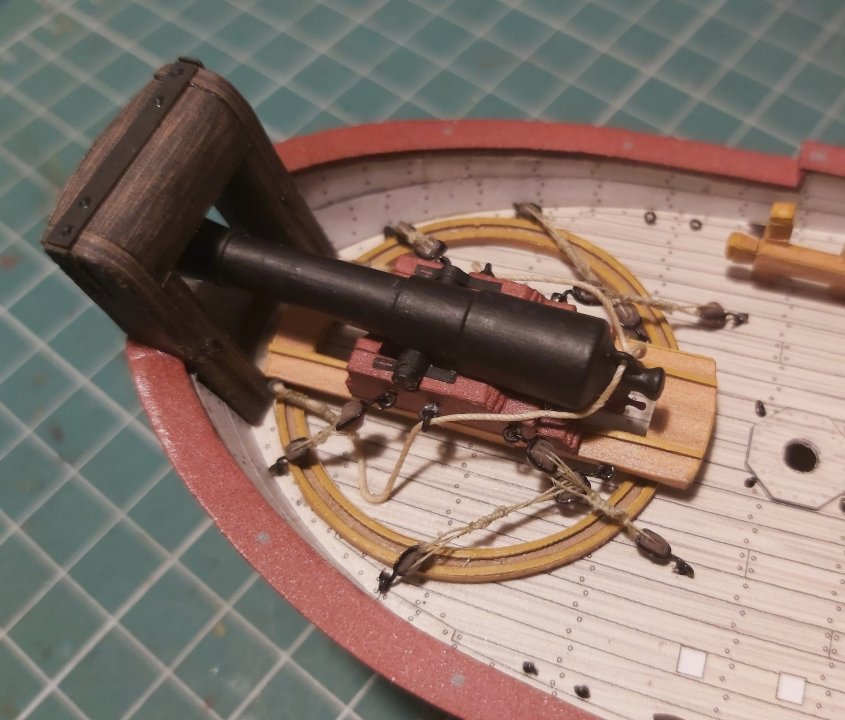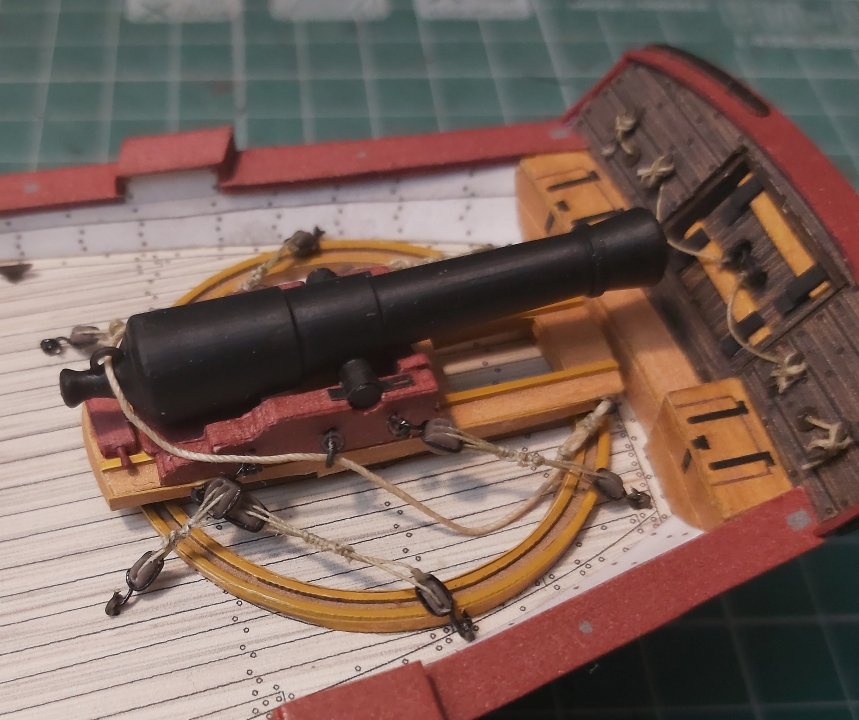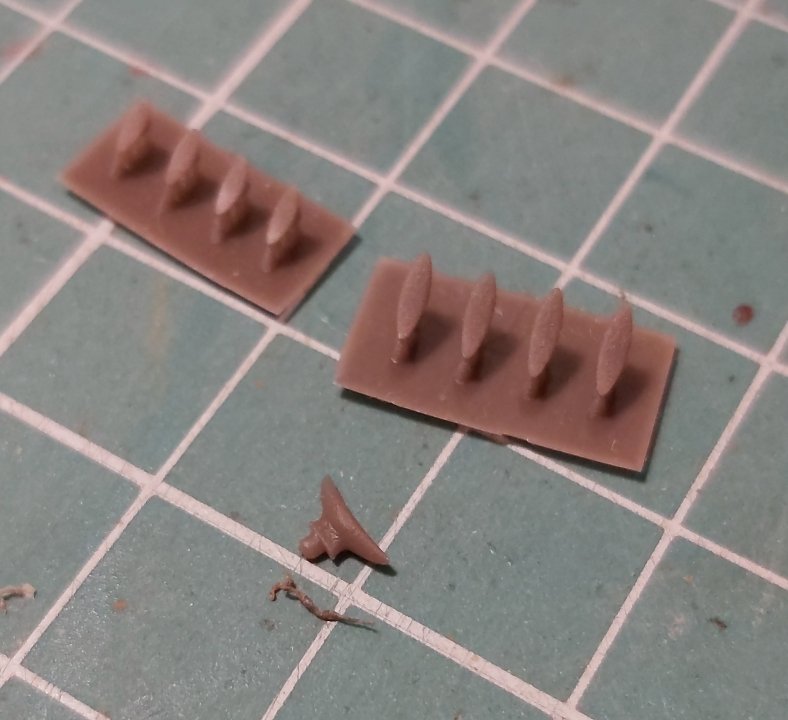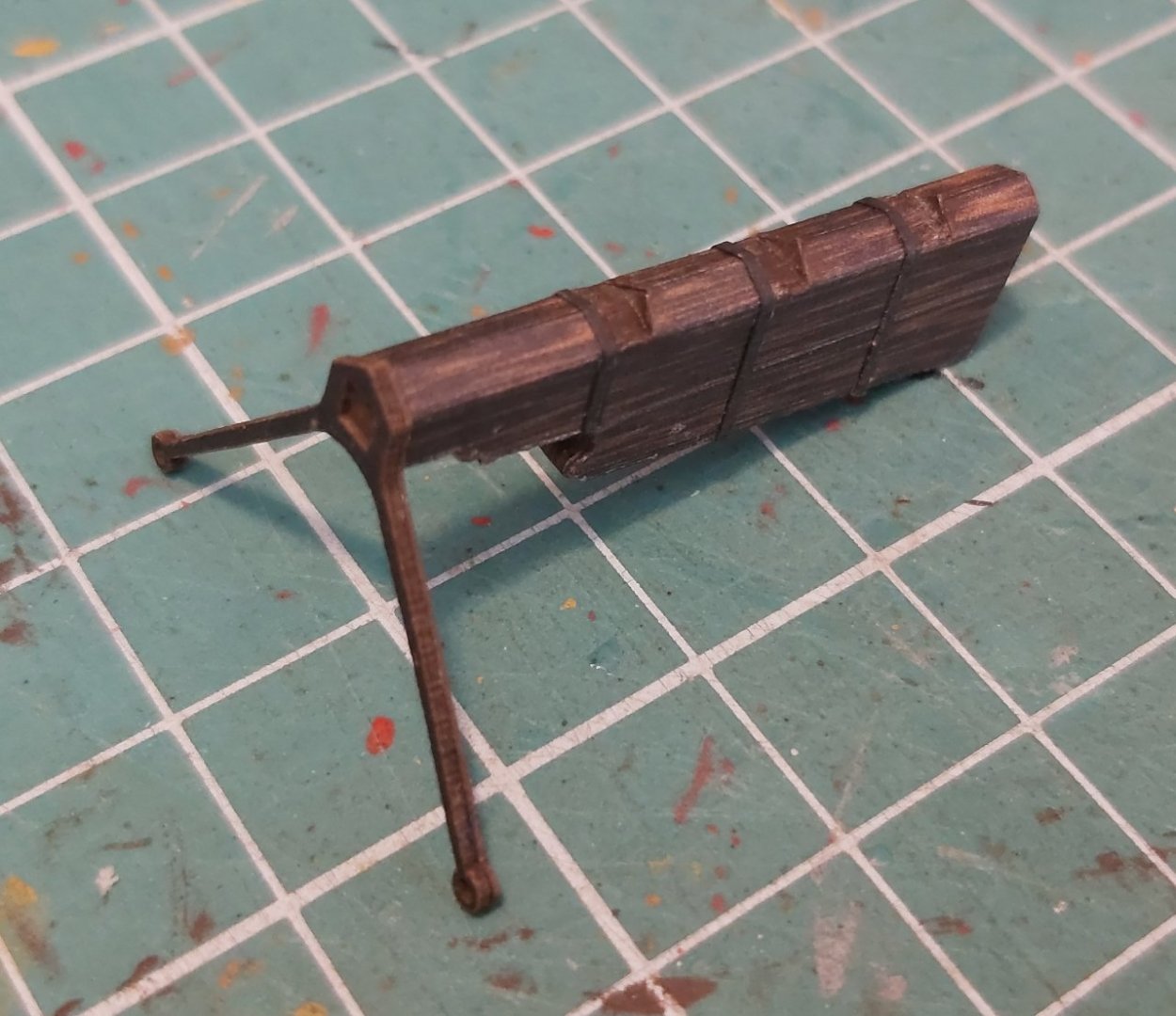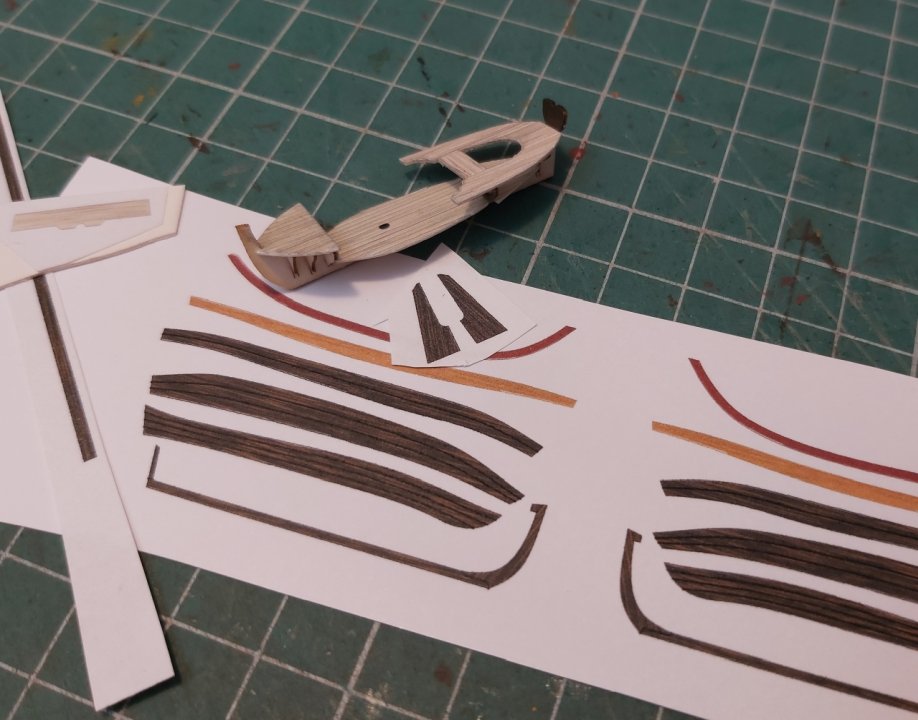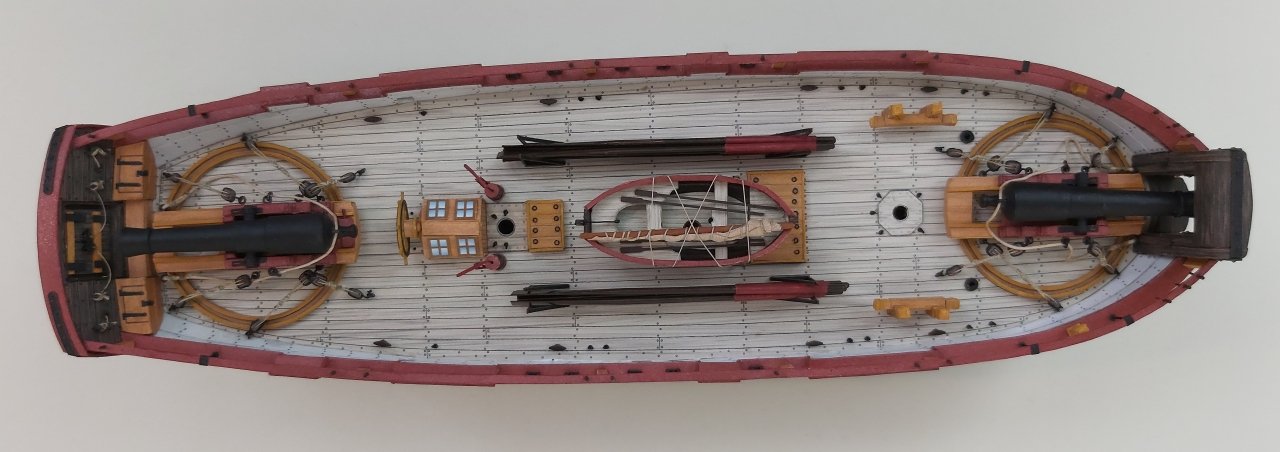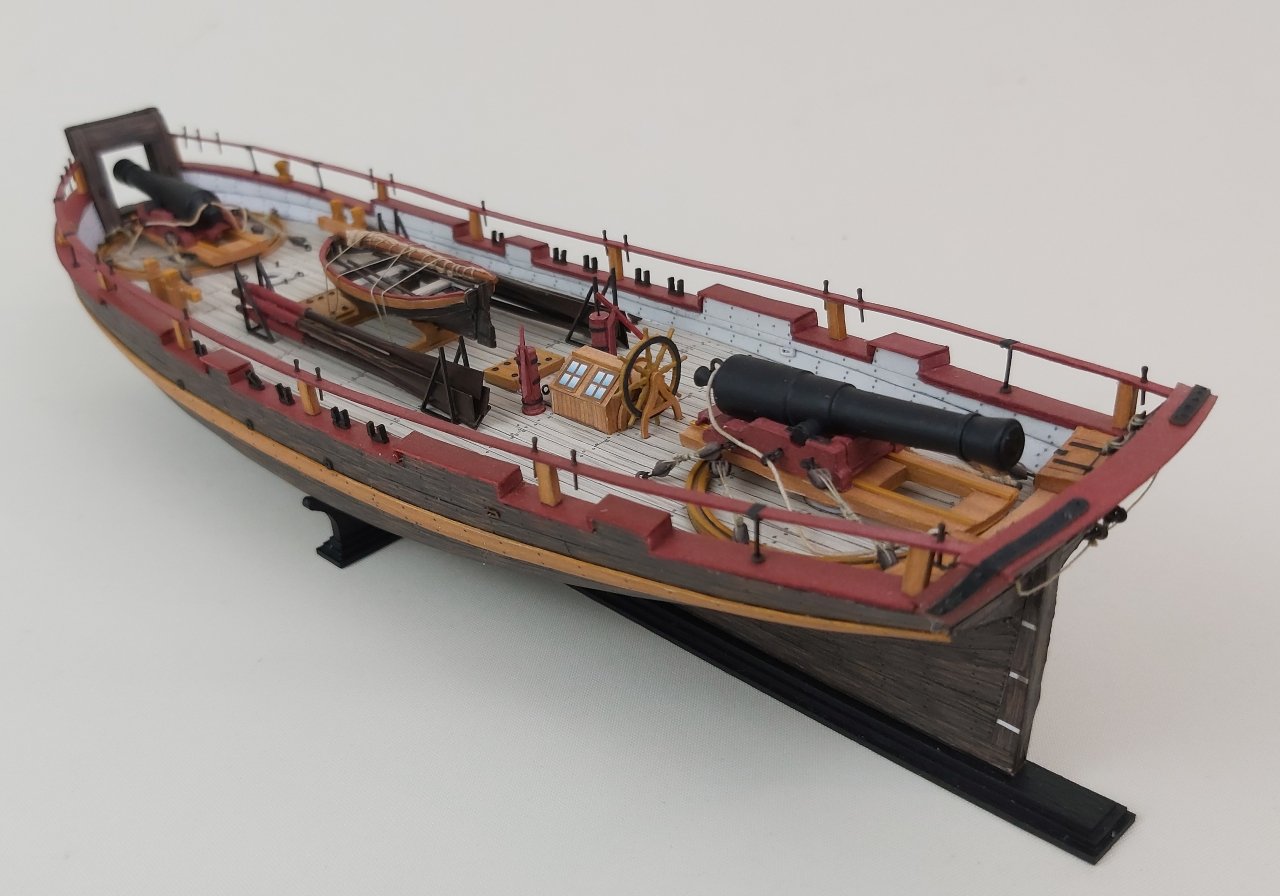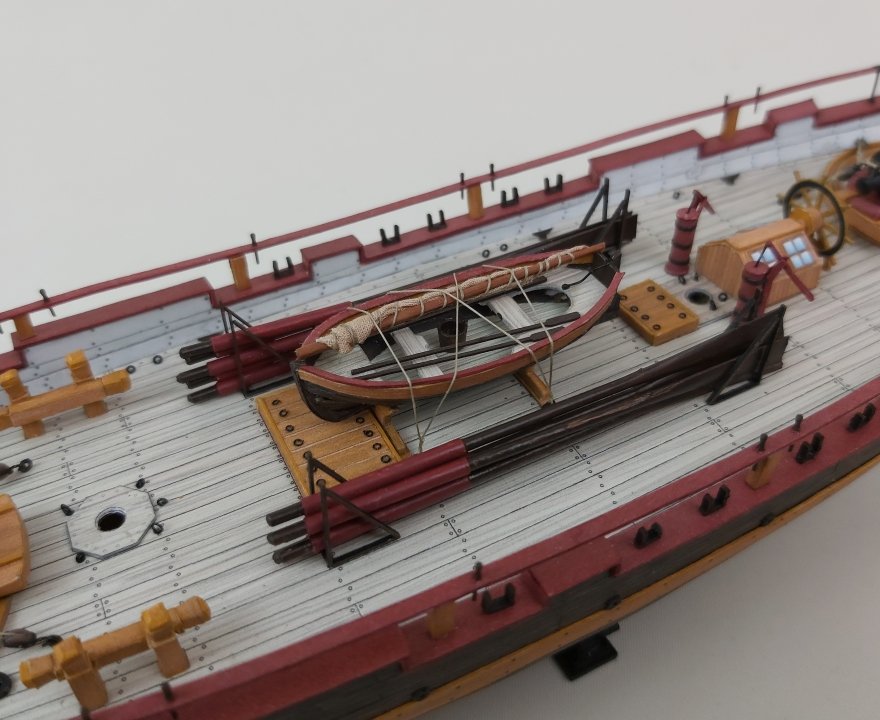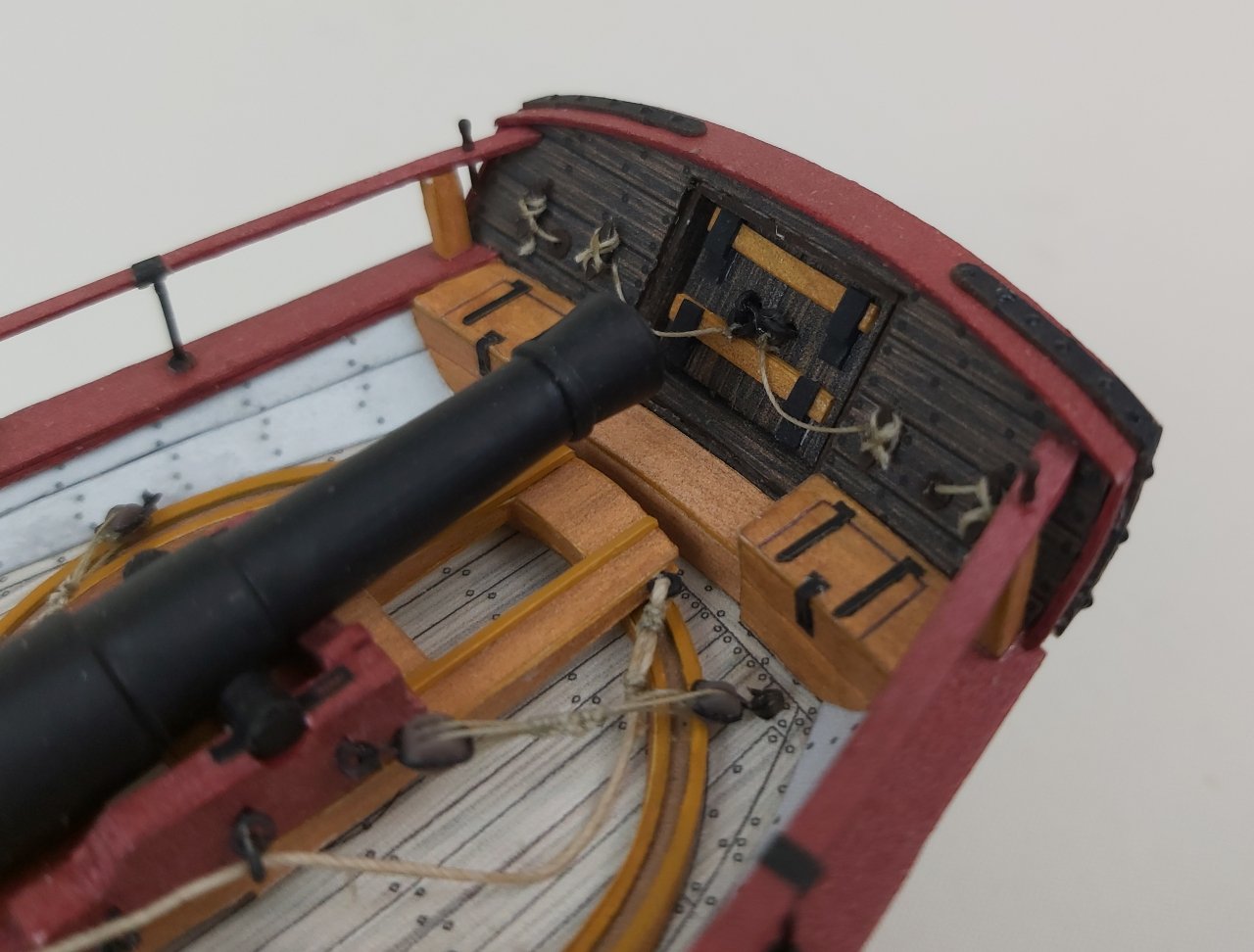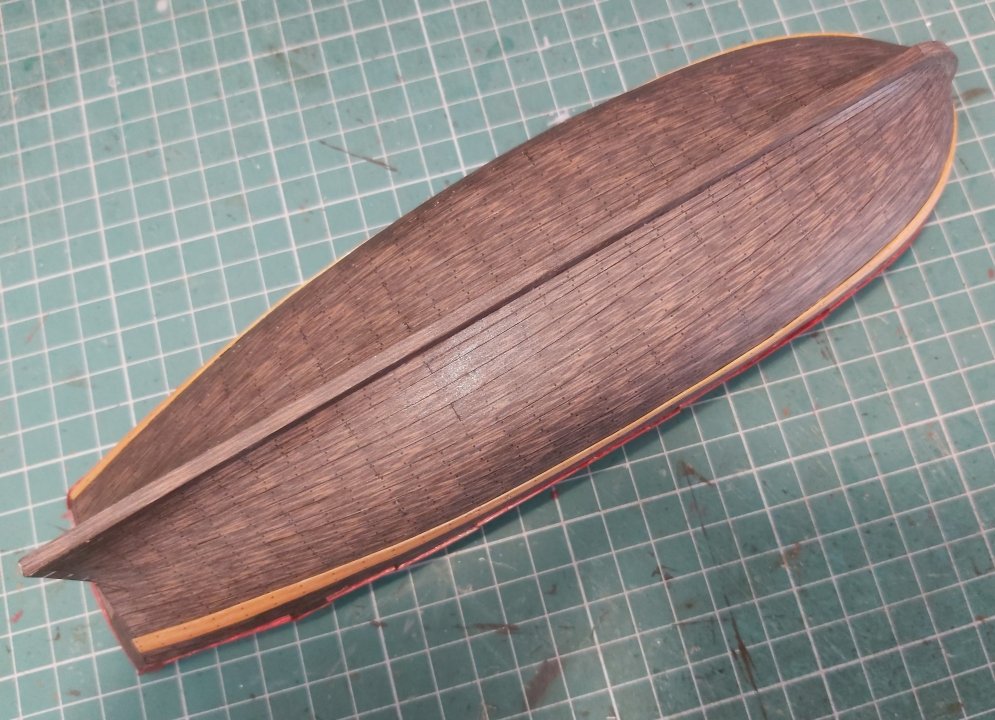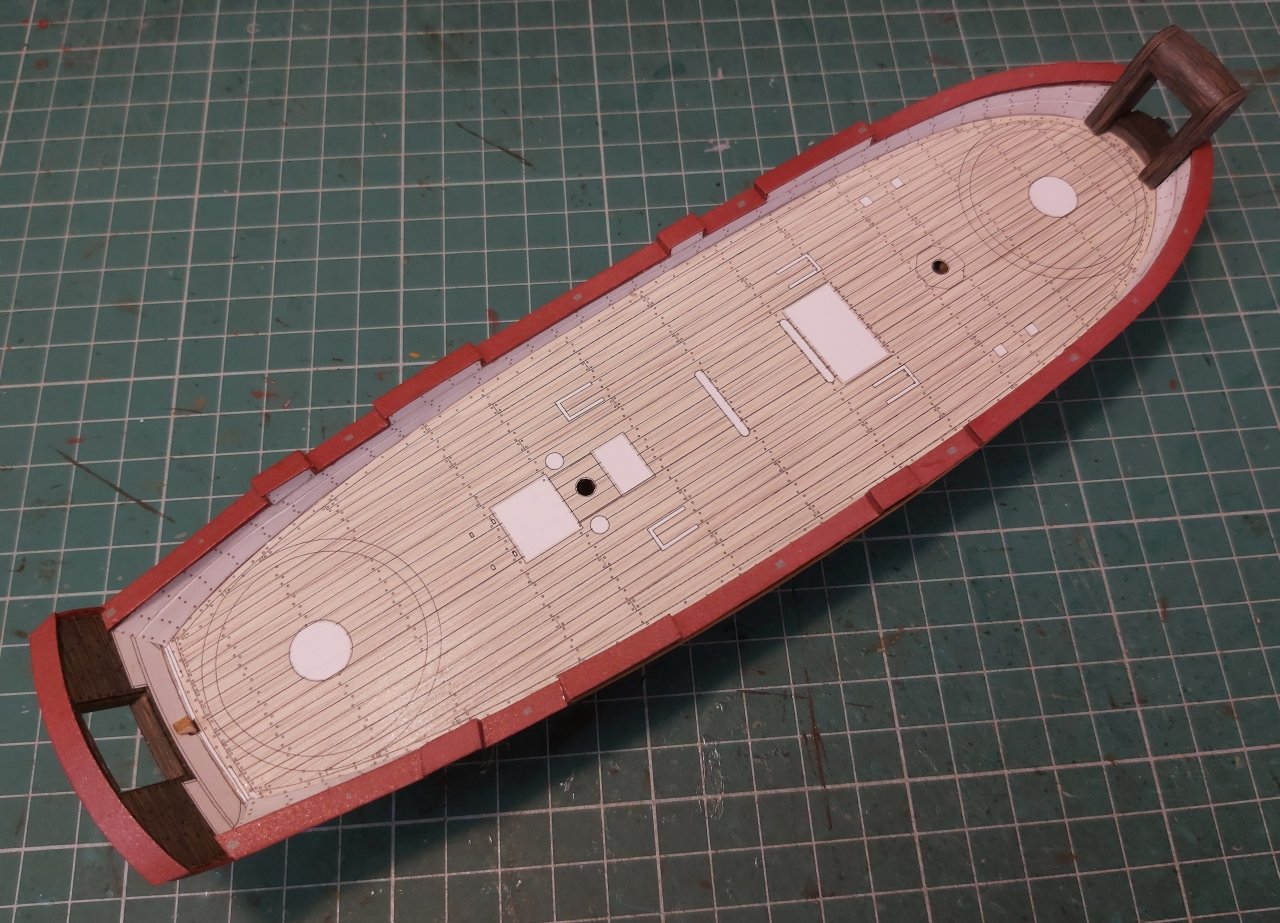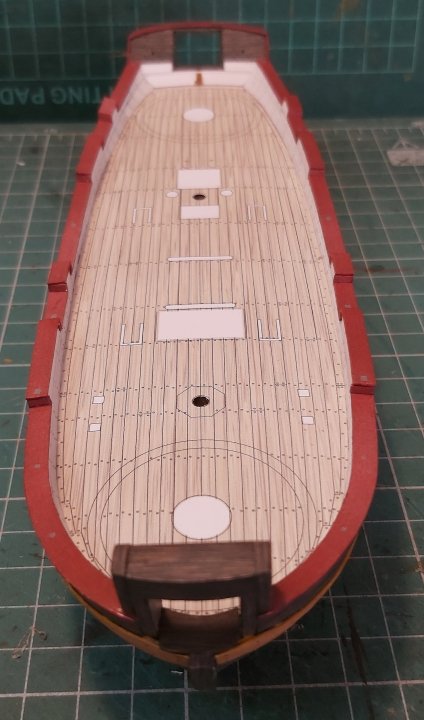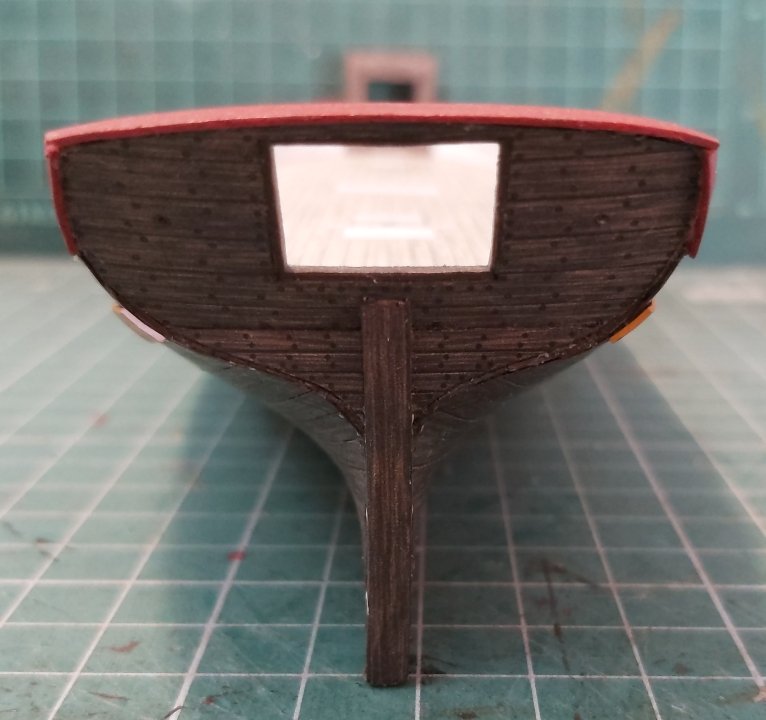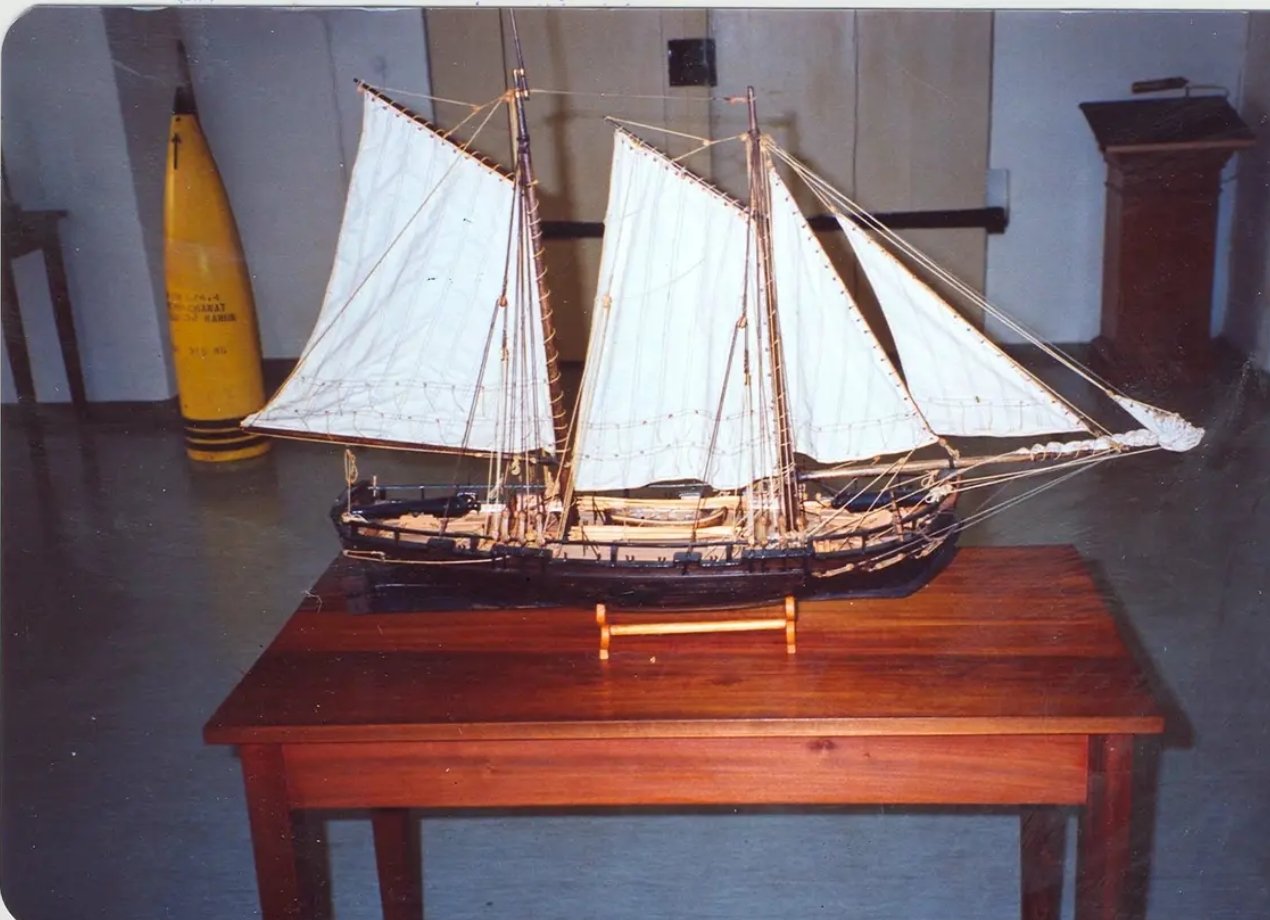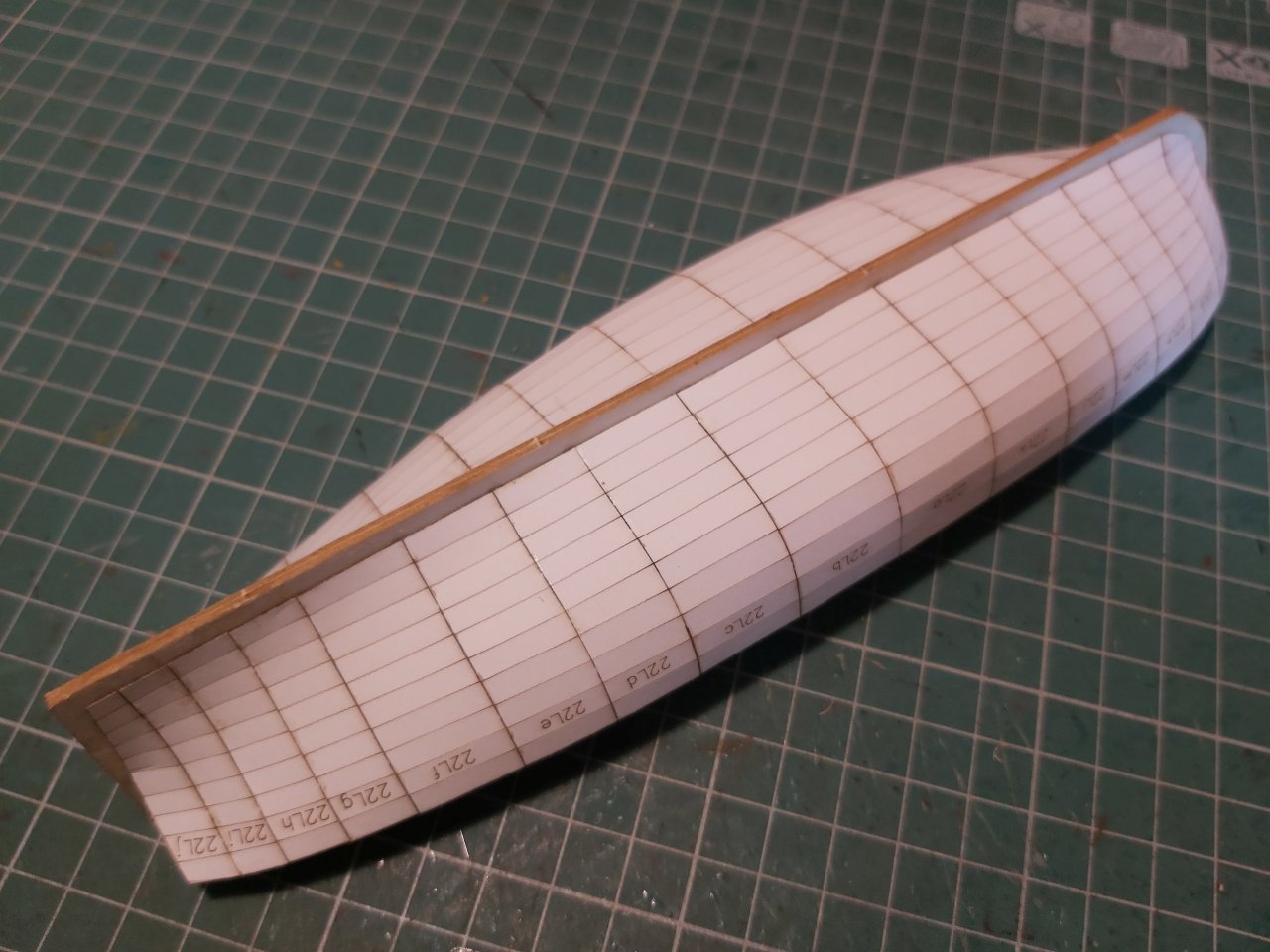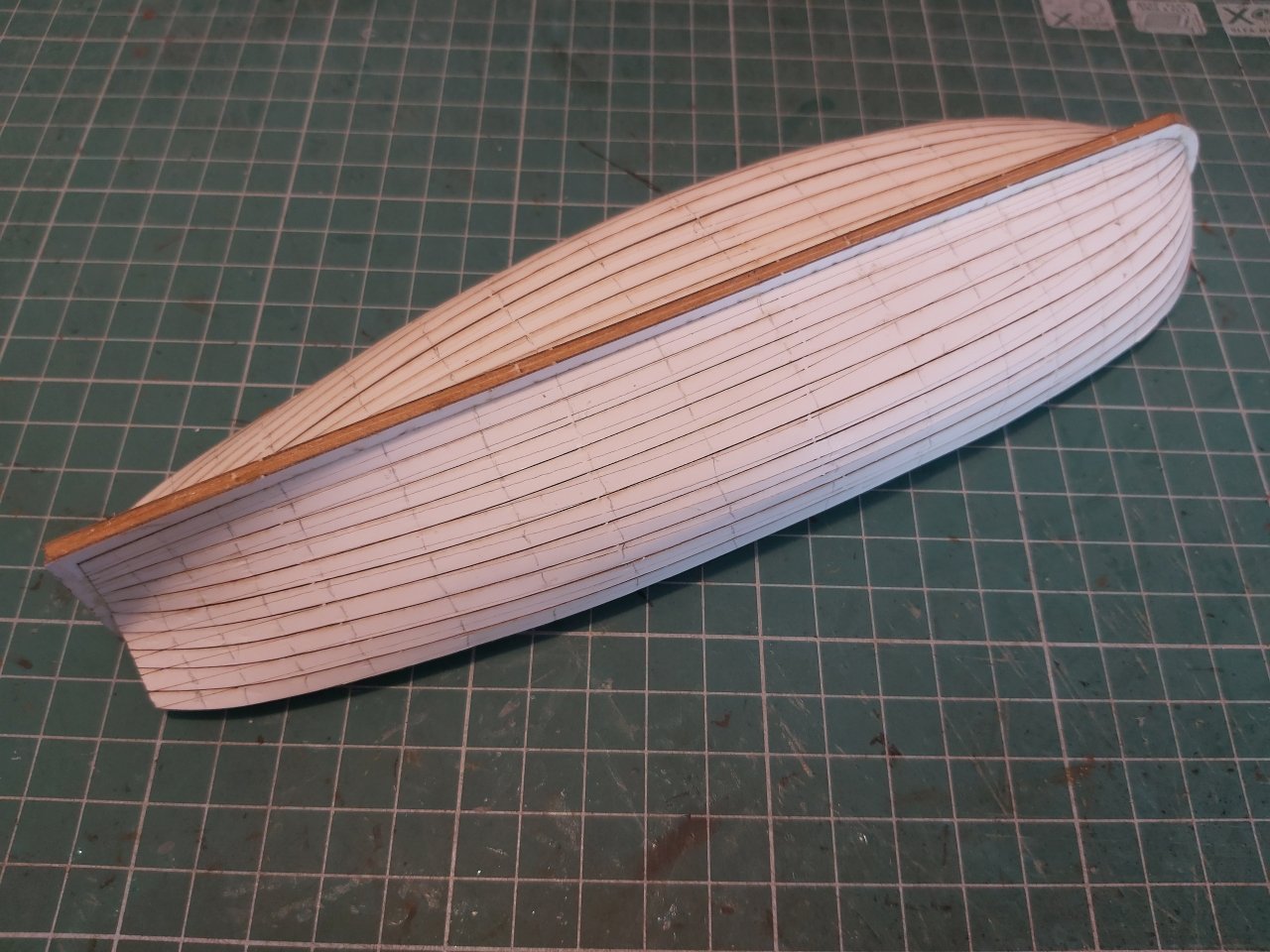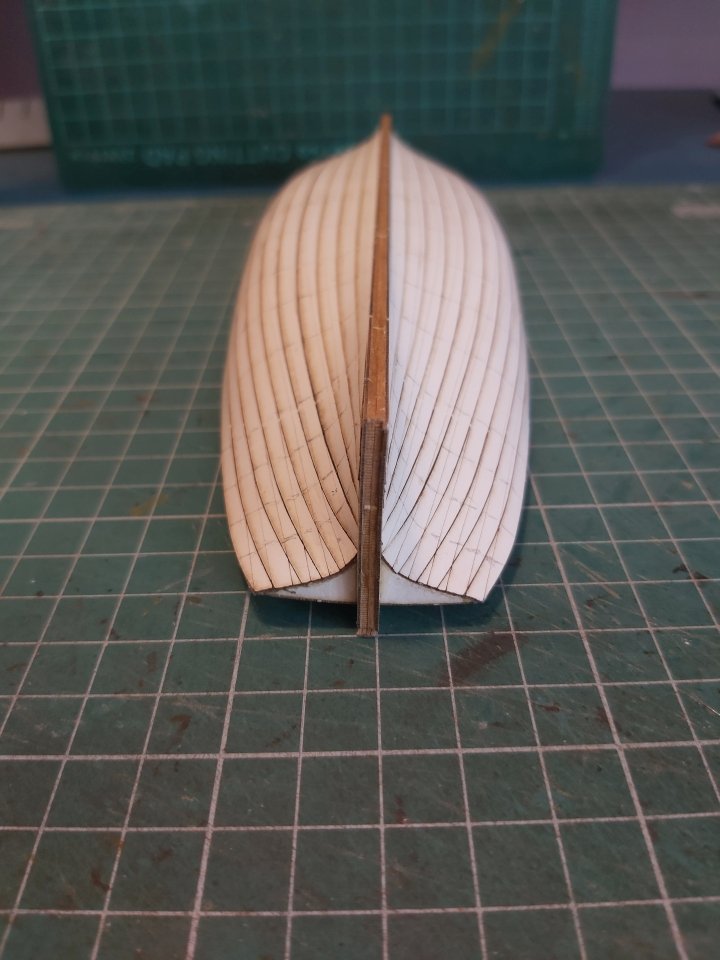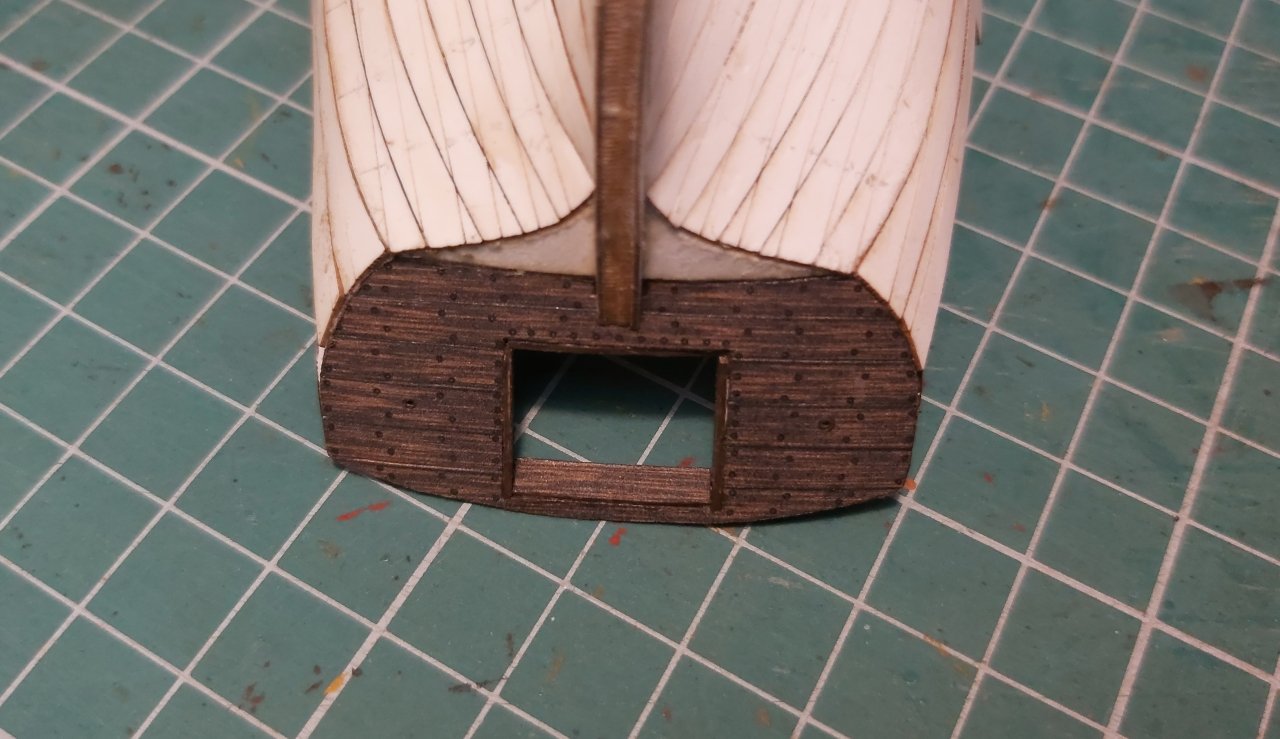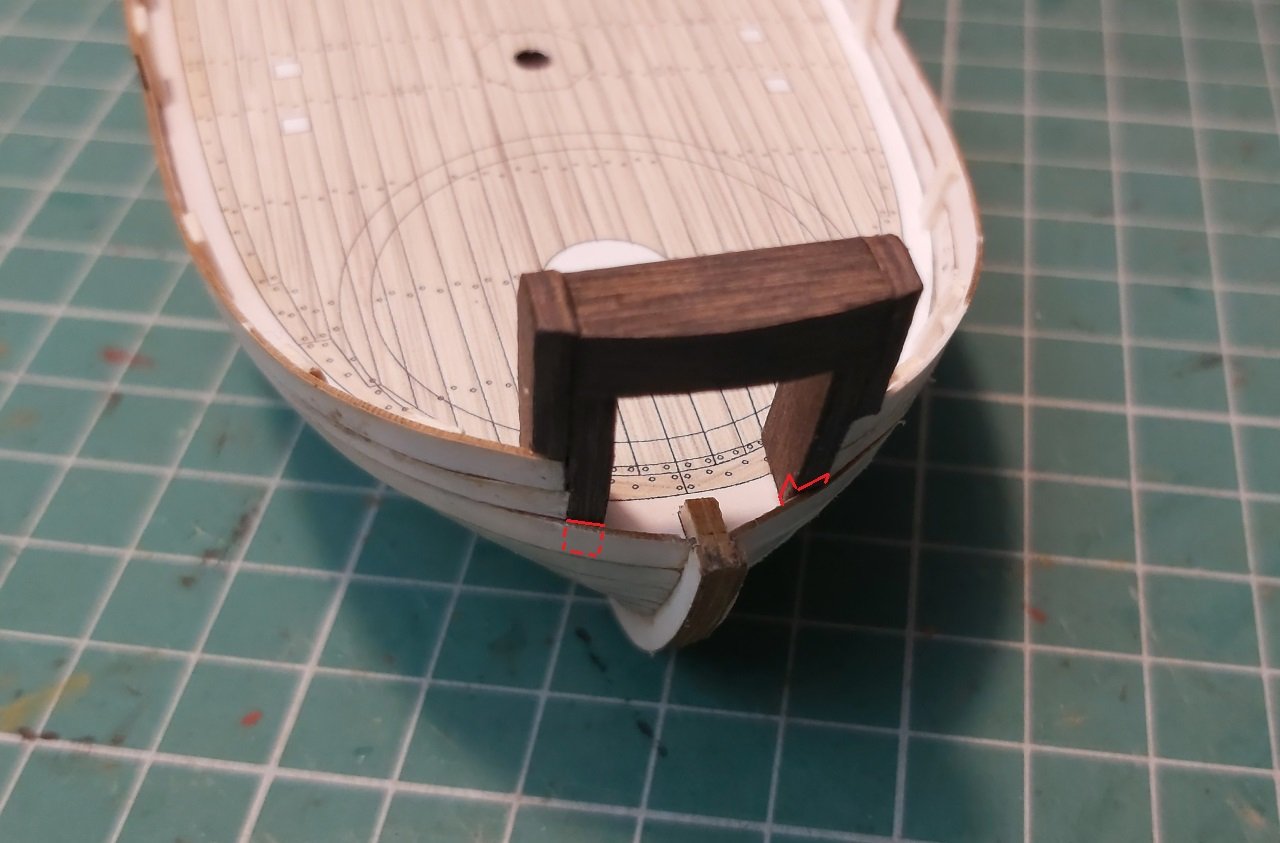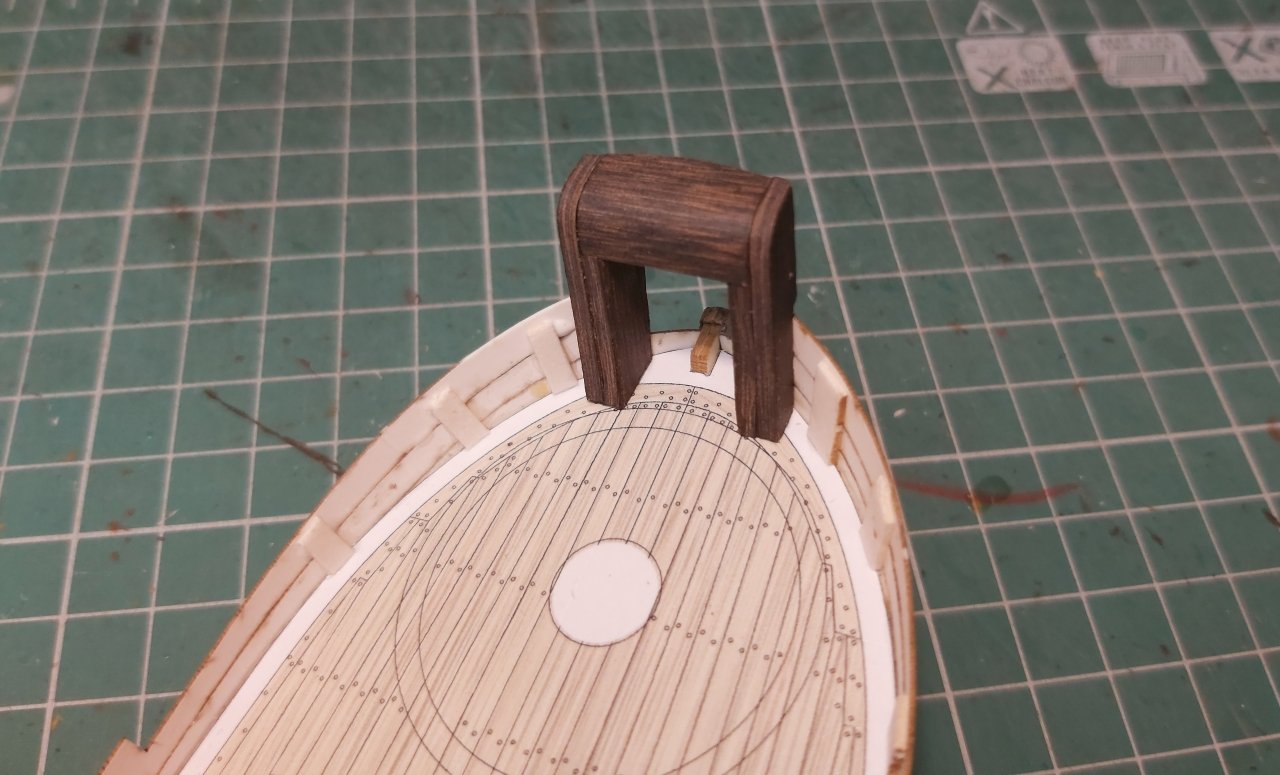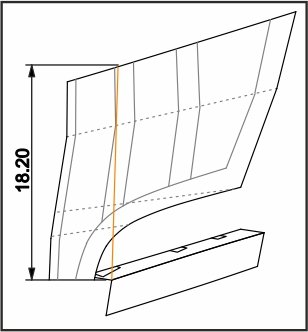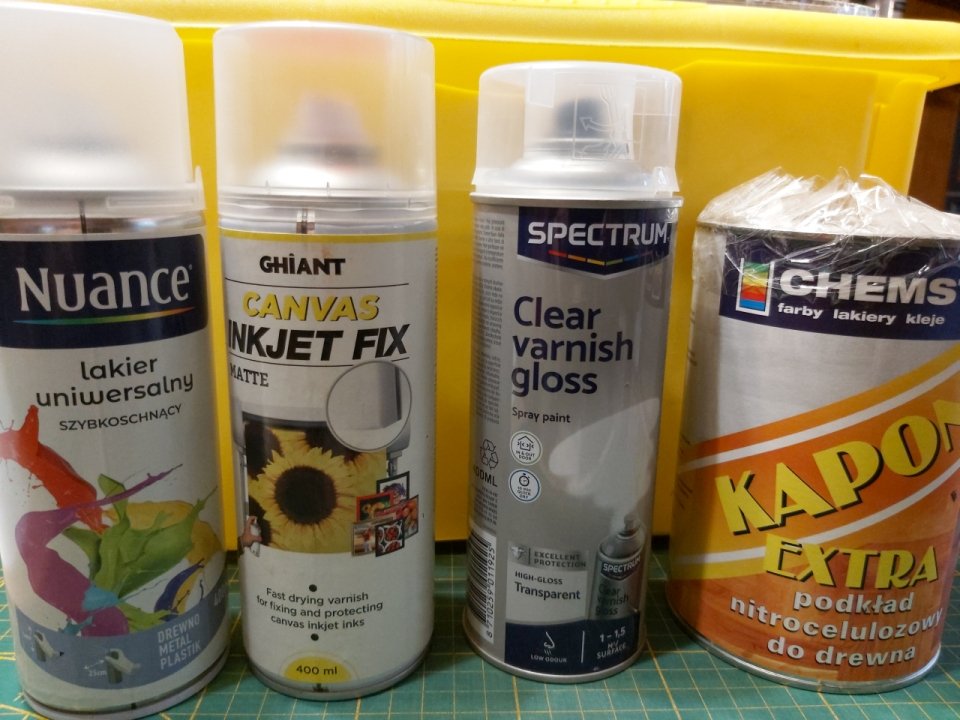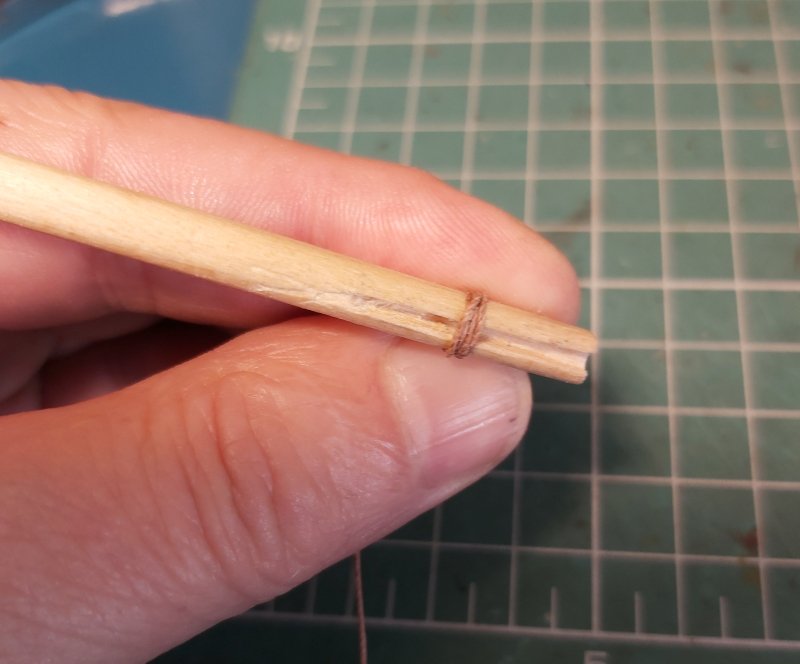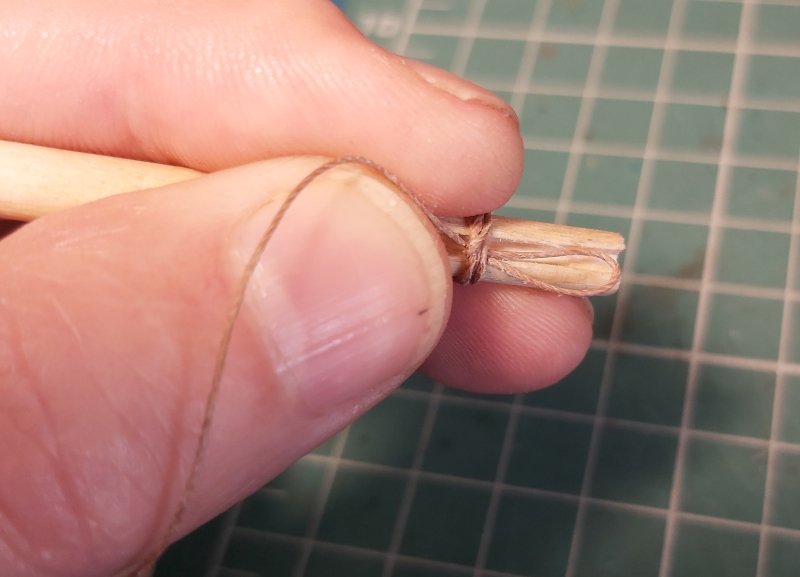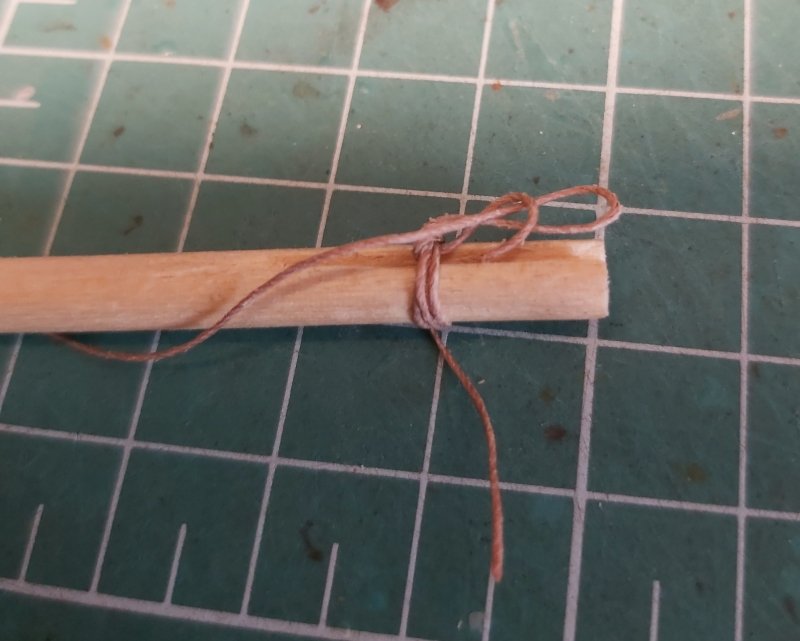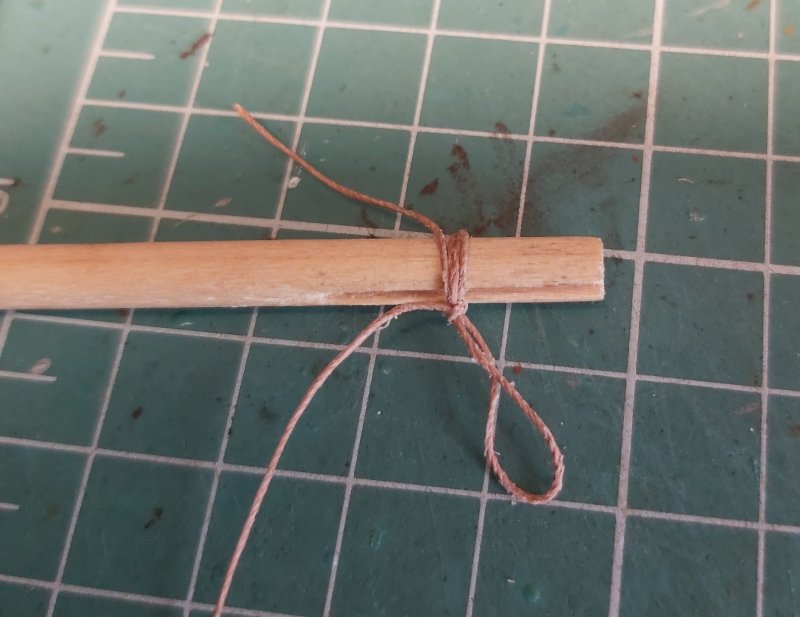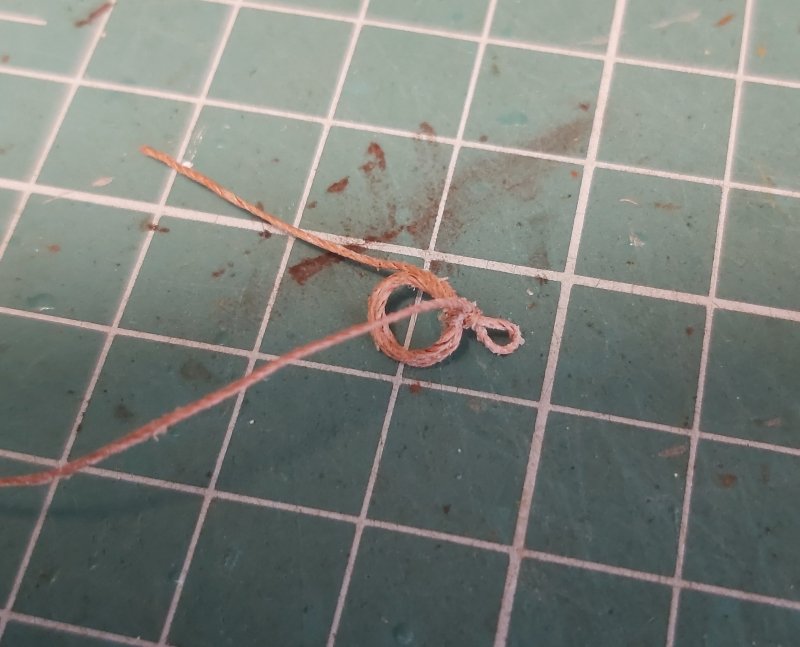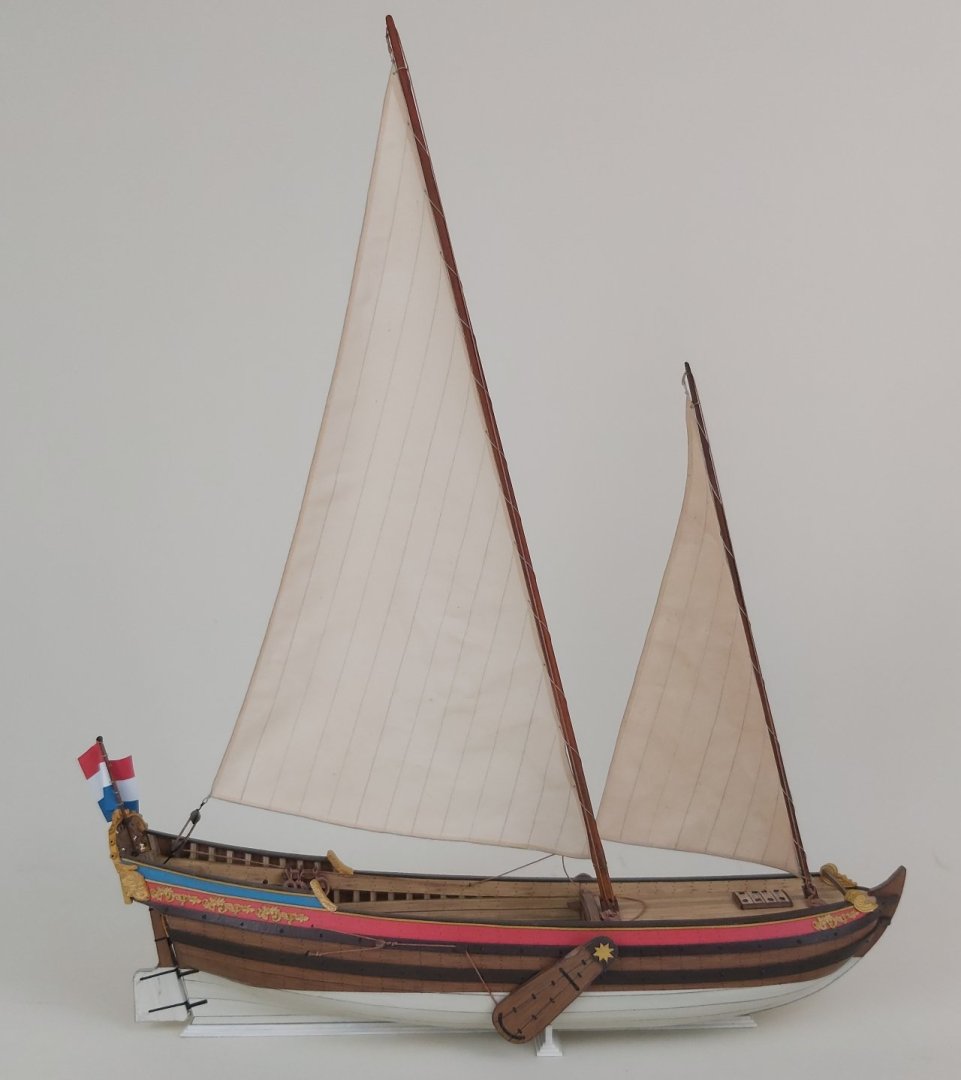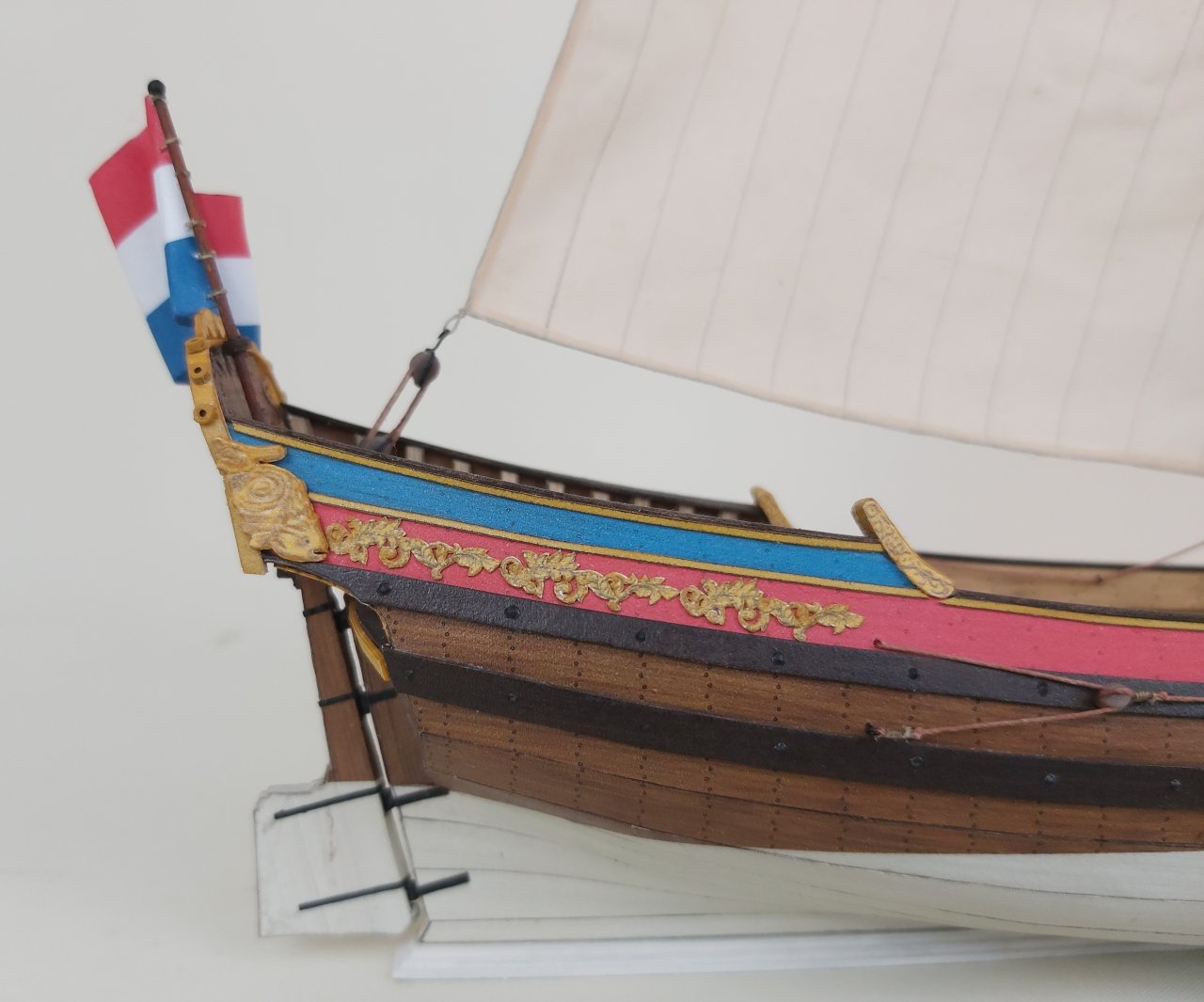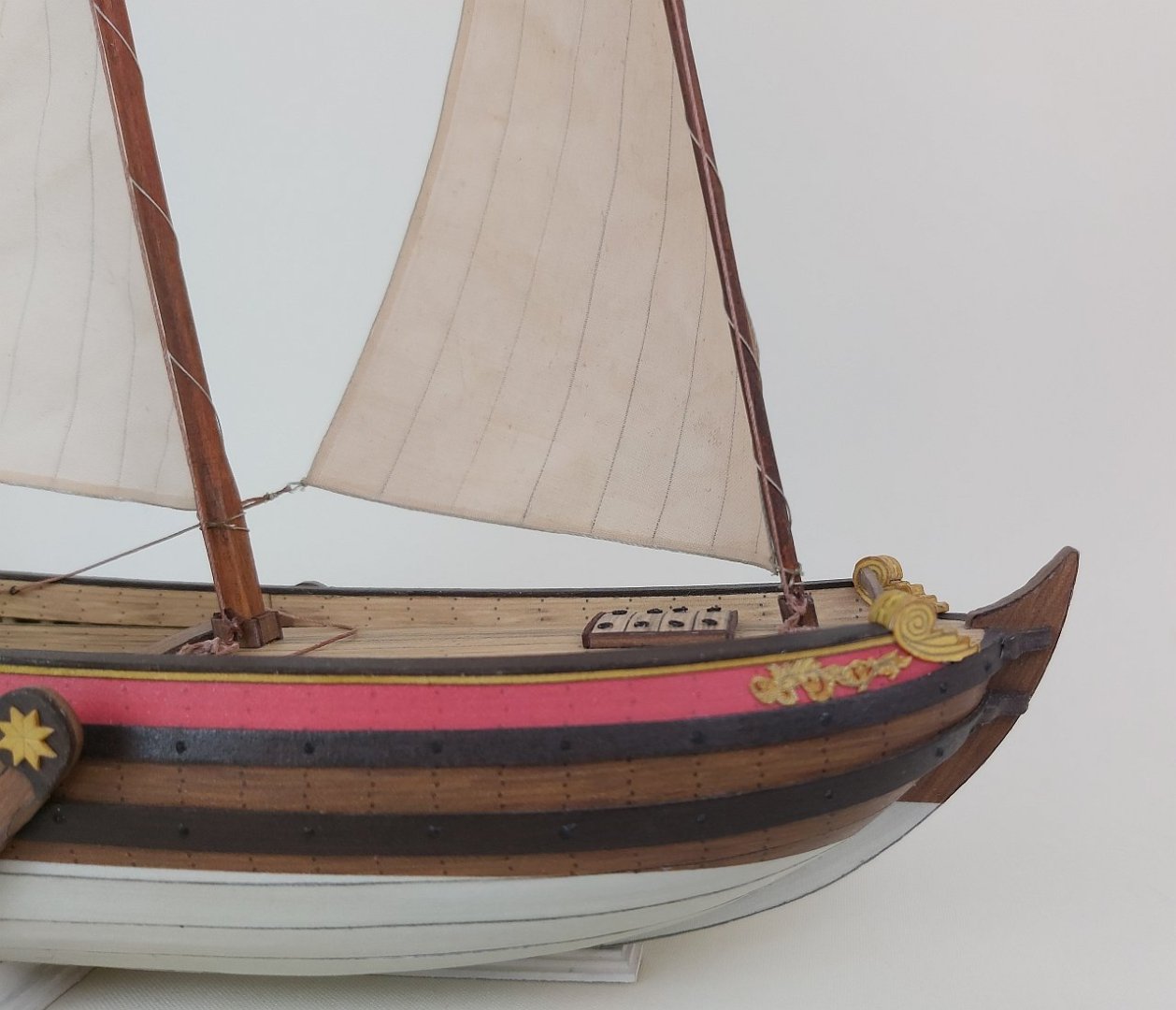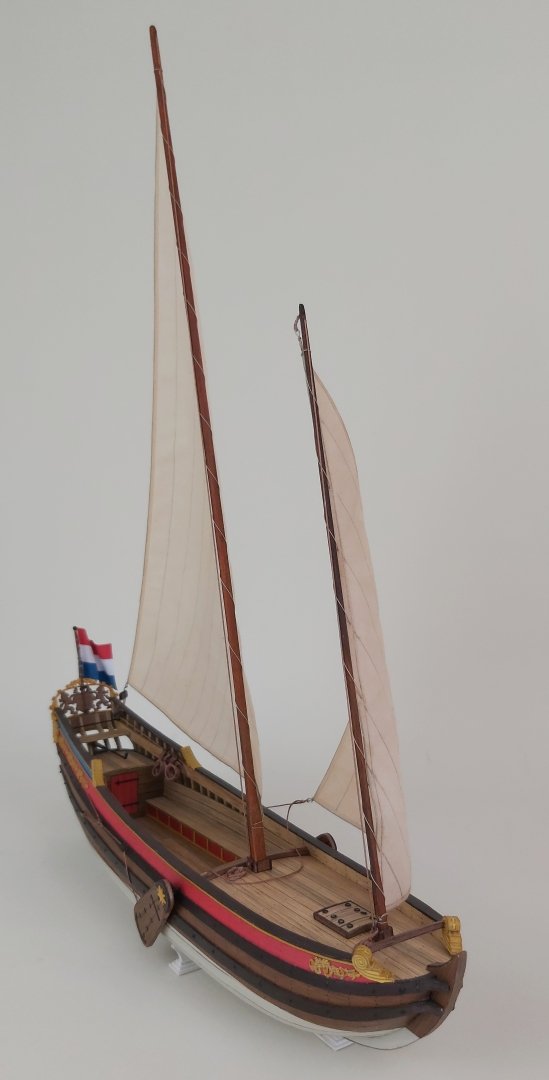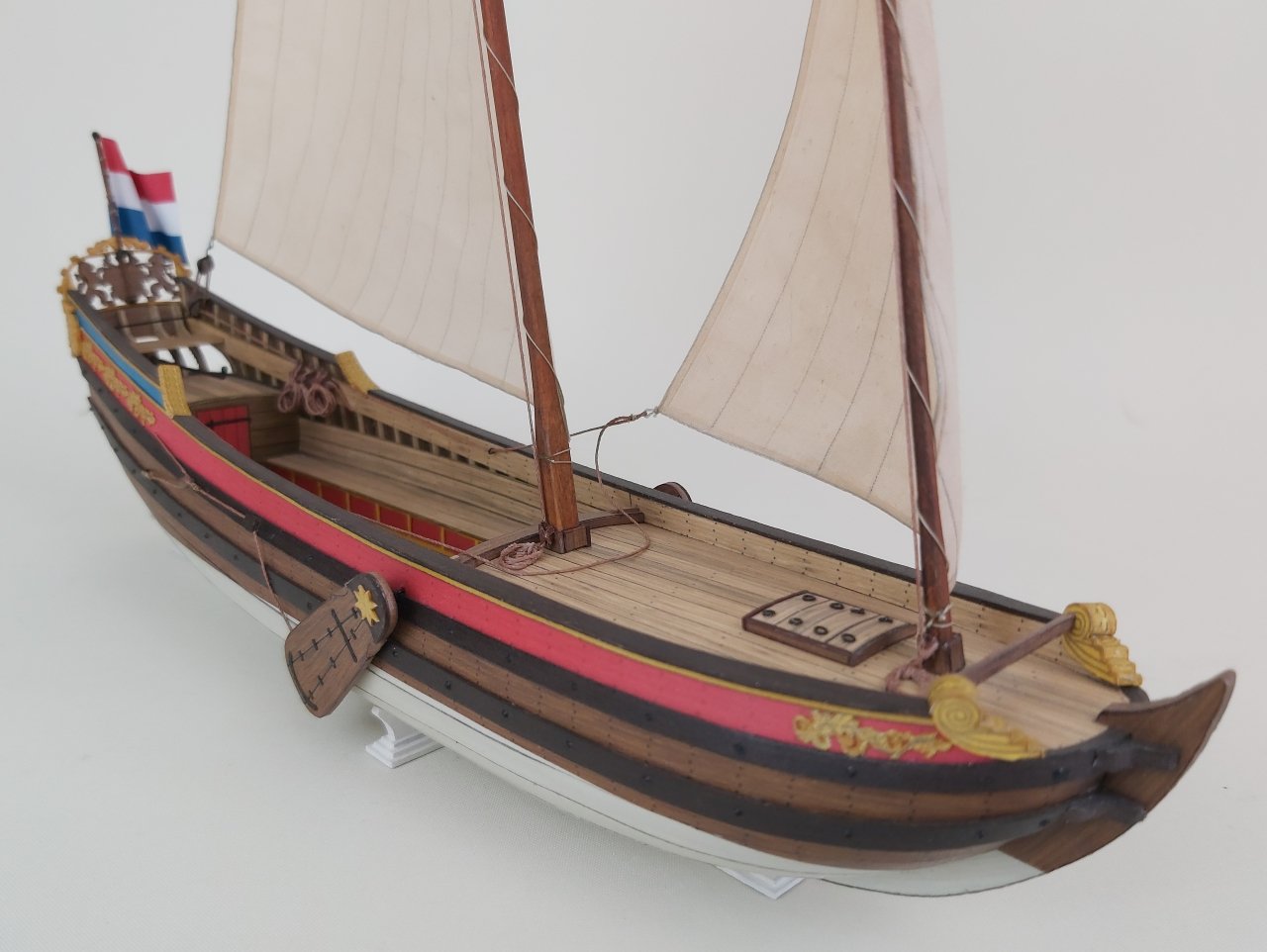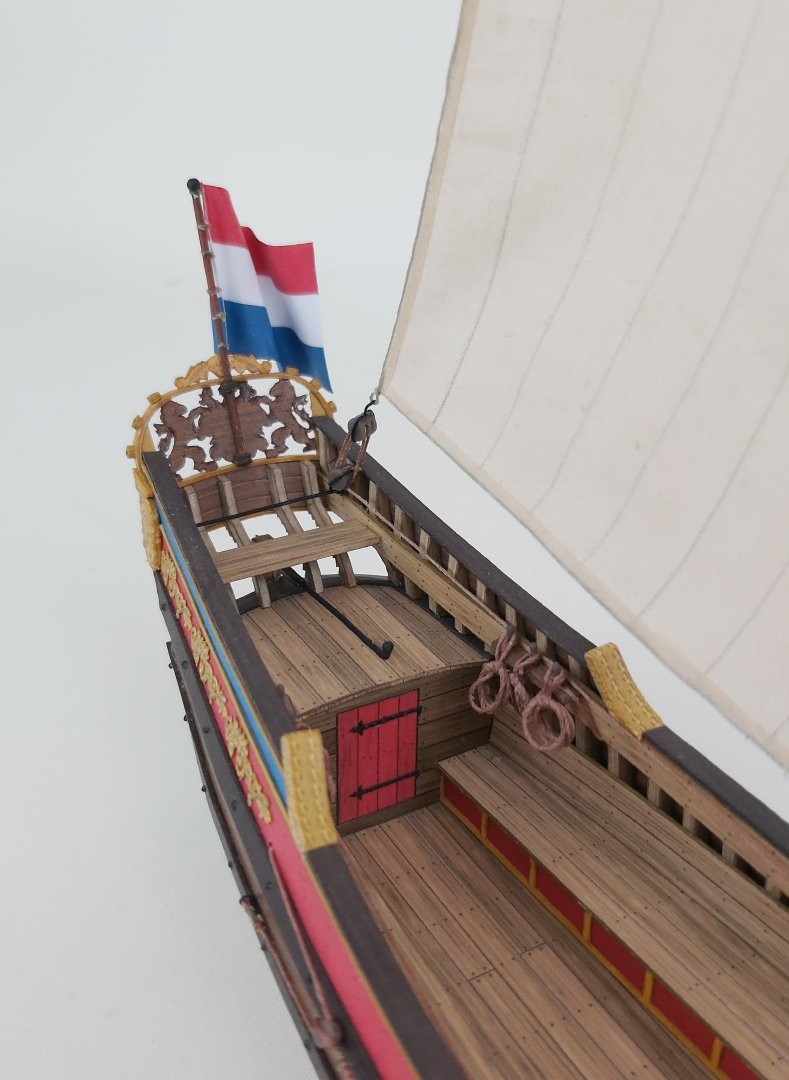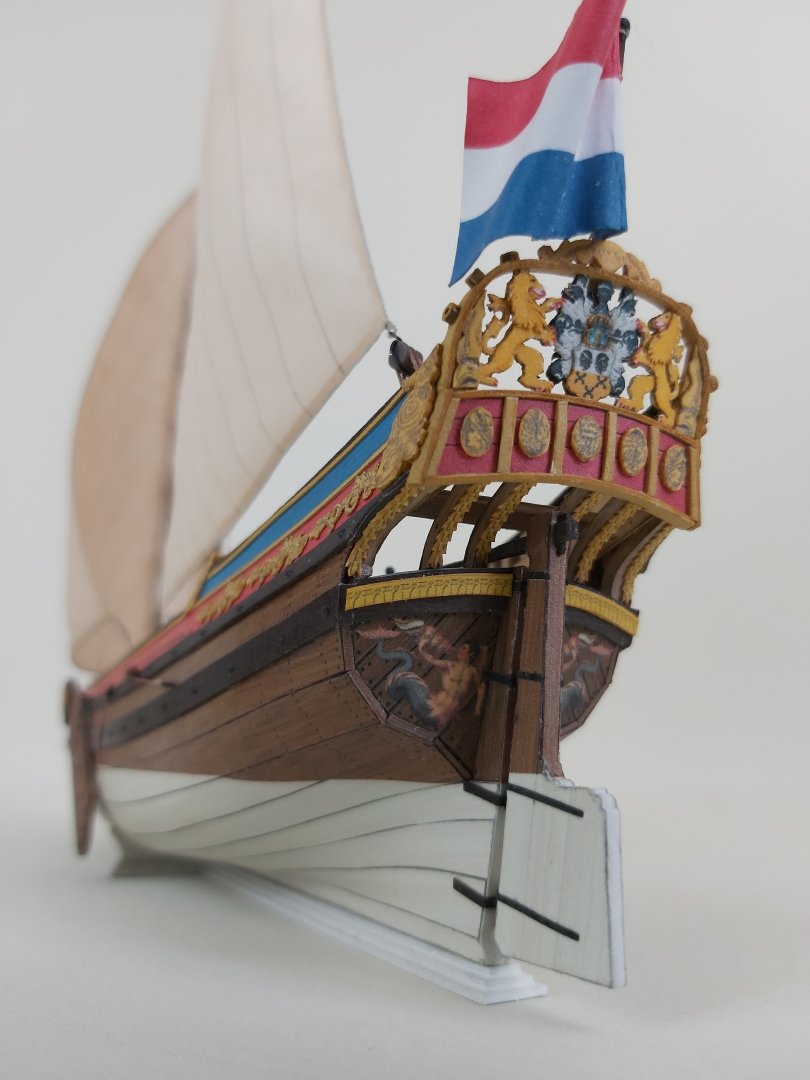-
Posts
124 -
Joined
-
Last visited
-
 Maciek reacted to a post in a topic:
Axel Thorsen 1810 by 0Seahorse - 1:72 - CARD - Norwegian gunboat
Maciek reacted to a post in a topic:
Axel Thorsen 1810 by 0Seahorse - 1:72 - CARD - Norwegian gunboat
-
 catopower reacted to a post in a topic:
Meermann/Wodnik 1627 by 0Seahorse - FINISHED - 1:100 - CARD
catopower reacted to a post in a topic:
Meermann/Wodnik 1627 by 0Seahorse - FINISHED - 1:100 - CARD
-
 catopower reacted to a post in a topic:
Meermann/Wodnik 1627 by 0Seahorse - FINISHED - 1:100 - CARD
catopower reacted to a post in a topic:
Meermann/Wodnik 1627 by 0Seahorse - FINISHED - 1:100 - CARD
-
 catopower reacted to a post in a topic:
Meermann/Wodnik 1627 by 0Seahorse - FINISHED - 1:100 - CARD
catopower reacted to a post in a topic:
Meermann/Wodnik 1627 by 0Seahorse - FINISHED - 1:100 - CARD
-
 catopower reacted to a post in a topic:
Meermann/Wodnik 1627 by 0Seahorse - FINISHED - 1:100 - CARD
catopower reacted to a post in a topic:
Meermann/Wodnik 1627 by 0Seahorse - FINISHED - 1:100 - CARD
-
 Canute reacted to a post in a topic:
Axel Thorsen 1810 by 0Seahorse - 1:72 - CARD - Norwegian gunboat
Canute reacted to a post in a topic:
Axel Thorsen 1810 by 0Seahorse - 1:72 - CARD - Norwegian gunboat
-
 Canute reacted to a post in a topic:
Axel Thorsen 1810 by 0Seahorse - 1:72 - CARD - Norwegian gunboat
Canute reacted to a post in a topic:
Axel Thorsen 1810 by 0Seahorse - 1:72 - CARD - Norwegian gunboat
-
 Canute reacted to a post in a topic:
Axel Thorsen 1810 by 0Seahorse - 1:72 - CARD - Norwegian gunboat
Canute reacted to a post in a topic:
Axel Thorsen 1810 by 0Seahorse - 1:72 - CARD - Norwegian gunboat
-
 0Seahorse reacted to a post in a topic:
SBLim-2A by Richard44 - FINISHED - WAK -1/33 - CARD - Polish license-built MiG-15 variant
0Seahorse reacted to a post in a topic:
SBLim-2A by Richard44 - FINISHED - WAK -1/33 - CARD - Polish license-built MiG-15 variant
-
 0Seahorse reacted to a post in a topic:
Axel Thorsen 1810 by 0Seahorse - 1:72 - CARD - Norwegian gunboat
0Seahorse reacted to a post in a topic:
Axel Thorsen 1810 by 0Seahorse - 1:72 - CARD - Norwegian gunboat
-
Hello Colleagues. A long break in the report, so long that I had to remind myself what had been shown and written so far. (off-topic: I made very cheaply real shadowless lighting:-)))) The first conclusions from further work on the model are the necessity to change the order of gluing (in the assembly instructions together with the publication of the model), i.e. the upper handrails on the posts should be glued at the very end, because later manipulation of the hull at the rudder blade and channels ended with breaking several posts, breaking two belaying pins, etc. Everything has been fixed, but twice the stupid job 🙂 Let's start with the rudder blade, which I glued to the sternpost on small tightly wound paper strips pretending to be the rudder hinges. Then I started running the rope that connected the characteristic structure at the top of the rudder blade (let's call it an "inverted double tiller yoke") with the steering wheel drum. This "tiller" should be solidly reinforced with CA glue, or cut out of strong pressboard. Unfortunately, mine is so flexible that I couldn't pull the steering rope tight enough. I ran the rope as a whole, but I was considering two separate sections that would "connect" on the steering wheel drum somewhere from the bottom in an invisible place. Finally, I moved it from one side to the other through all the built-in sheaves and blocks, to finally determine the length, remove the blocks from one side, tie an eyebolt at the end and finally secure everything with glue. The rudder blade was secured with two more chains, which I printed in resin "ready to use" (a chain of the appropriate length finished with eyebolts on both sides). After finishing, I started to look at it and... either I made mistakes in the design, or Mr. Marquardt did not pay attention to the fact that in this configuration the gun port door cannot be opened - it catches on this characteristic "tiller". After analyzing all the materials that I had and found on the net, I noticed that in none of the models these doors are open, except for one, where the shape of this "tiller" was completely changed. It was replaced with a "single one" and then the door actually opens without catching on anything. I have of course checked my inaccuracies in the design, but the difference is so small that the error is probably not on my side. (I write "probably" so as not to start a war 🙂 I do not know what decision to make at the moment, I am inclined to lower the "tiller" by about 1 mm. The shape of the rudder blade would change slightly. The dimensions of the doors and the angle seem correct to me, so this will probably be the best solution. The movie showing the entire assembly of the rudder and the simplest tying of the blocks in Axel Thorsen part 8. So it was time for the channels with deadeyes. These are made as always, i.e. deadeyes covered with wire with an eyelet shaped at the end and the whole thing "sunk" in the channels. I made a quick template, on which I bent the wires covering the deadeyes. After everything was done, the leading edges of the channels were masked with a 0.5 mm cardboard strip. After gluing the channels to the hull, I added strips of black cardboard imitating the chain plates. They should be vertical, but I unnecessarily put markers on the wales, which did not match the channels and these markers had to be covered in some way. Hence the chain plates are slightly diagonal and a bit crooked. (Channels in Axel Thorsen part 9) The spars were roughly turned on a drill using sandpaper, the gaff, boom and bowsprit jaws were 3D printed in resin. Designing and printing them probably took as much time as chiseling, grinding, and sanding them from several layers of cardboard. And the end result is probably better. After painting, I added eyebolts and small fittings. And now it's time for the standing rigging. Both masts are basically rigged identically: three shrouds and one backstay for the side of each mast, only the stays are led in a different way. Up until now, I've attached the shrouds to the masts in the form of a regular loop, from which a pair of shrouds branched. This time it's still a loop, but I decided to improve it a bit visually and did the "serving" manually. Since I started using better ropes (instead of regular threads), there are a few failed places, e.g. I tied the lanyards with different thicknesses of these ropes and the thicker ones didn't want to tie nicely after the shrouds were pulled tight. There is another YT video to watch here Axel Thorsen part 10. "Serving" also concerned the entire stay loop up to the mouse. The mouse had a very characteristic way of braiding, I am not that advanced: I filled the knot with thick glue and braided it with thin thread, giving it a pear-like shape in the fingers on the still slightly plastic glue. I printed hooks from a stronger resin (of course they can be broken or torn off) and this time they withstand the stresses on the cardboard model. With their help I made backstays, so graceful and obvious in their construction that I won't go into detail about them. The forestay is typically tensioned with deadeyes... ...and the mainstay, which first goes horizontally to the block on the foremast... ...was tensioned using a tackle located on the deck just behind the foresail. A visually attractive set of loading tackle, which were used for lifting the "removable" bowsprit and other heavy things. Since we are on the subject of the bowsprit, standing rigging also appears here in the form of bowsprit shrouds. That's it for now, a few more photos of the model: Greetings Tomek
- 7 replies
-
- Axel Thorsen
- gunboat
-
(and 1 more)
Tagged with:
-
Hello everyone after a long break. The last few months in Poland have been a time of modelling competitions week by week, which take up a lot of time, and that time is needed for gluing the models. That's why I can only now show you what's new on the gunboat. I made all the deck equipment, i.e. the loading hatches with covers, the skylight, the stands for the boat, the eyebolts, the cleats and, most importantly, the artillery. I won't go into detail about the hatches and the skylight, as they are very simple. The track for the gun platform is made of hoops covered with strips, the lower edge of which is to complement the deck arc, so that the track itself is flat and horizontal. The platforms took more work, because they are not ordinary boxes: there are holes inside, and the whole body in the side projection is a bit like a trapezoid at the front, and at the back the thickness of the whole platform is different. Initially, I wanted to do it on some frames and supports etc., but in the end the body was created classically, i.e. cut-shape-glue. The gun carriages themselves hold no secrets. I managed to "carve" tiny steps on the edges - by gluing them with strips and water glue, the whole thing is so plastic that with a sharp tool like a mini-chisel, you can press, wrinkle and obtain micro-steps. Test gun barrel made of cardboard. I finally put barrels from resin prints on the gun carriages and spent some time rigging (6 sets per gun). I closed the doors on the stern and added ropes to them for opening and closing. From the inside, they were closed using crossbeams and this is a fragment that needs fixing, because the upper beam cannot be removed in this arrangement. It has to be a bit more delicate and moved downwards. Some time ago I tried to print cleats, but I was not convinced. Now I repeated the tests and they were so successful that with wild joy I glued them everywhere I could. I even managed to print 2mm cleats - so tiny that I don't know if they will be useful at all. I also printed eyebolts, hooks and eyebolts with an additional ring, but the standard resin is too brittle for them to "work", so only the eyebolts with an additional ring appeared at the doors on the stern. I will do tests on some ABS-like resins, maybe they will be strong enough. It would be a huge time saver. The model now has oar stands and of course oars. I made one in the "standard-paper" way, but to save time I printed the entire set of 10 pieces in resin. The rudder blade and the steering wheel were created. The blade itself is not attached yet, because its connection to the steering wheel requires making channels first. The rudder was moved by a rope passing through a system of blocks on the sides and later gluing the channels would be difficult. There is also a small boat (probably some kind of yawl, because according to the plans it is 3,30 meters long), which caused me a lot of problems at the design stage. Making it from only two regular sides is a bit out of my style, but gluing it with single planks also seemed pointless. I thought about building it on a male mould, but that would be additional work to prepare the mould... Finally, a compromise emerged, i.e. frames covered with several strips of planking, each of which consists of several boards. A jeweler's work, but I am pleased with the effect. The upper rails forced me to use my imagination, how to make it even. The challenge was three wires, which were additional supports next to the regular wooden posts. On the starboard side, I glued wires to the upper rail from the bottom and tried to glue the whole thing to the posts, while at the same time hitting the wires in the holes in the lower rail. It seemed to work, but the minimal differences in the lower holes compared to the glued wires made them a little crooked. You can hardly see it, but they are not vertical and they leaned towards the bow. On the port side I inserted the prepared wires a little deeper without glue into the holes in the lower railing, glued the upper railing to the "wooden" posts and only then pulled out the wires, gluing them from the bottom to the upper railing. Then I adjusted the height of the wires and secure them with glue at the lower railing. (I don't know if you can understand anything from the above text, it's probably easier to see it in the movies: Part 5, Part 6, Part 7) And here some pictures: Greetings Tomek
- 7 replies
-
- Axel Thorsen
- gunboat
-
(and 1 more)
Tagged with:
-
 0Seahorse reacted to a post in a topic:
Speeljacht by ccoyle - FINISHED - Seahorse - 1/50 - CARD - 17th-Century Dutch Pleasure Boat
0Seahorse reacted to a post in a topic:
Speeljacht by ccoyle - FINISHED - Seahorse - 1/50 - CARD - 17th-Century Dutch Pleasure Boat
-
 0Seahorse reacted to a post in a topic:
Speeljacht by ccoyle - FINISHED - Seahorse - 1/50 - CARD - 17th-Century Dutch Pleasure Boat
0Seahorse reacted to a post in a topic:
Speeljacht by ccoyle - FINISHED - Seahorse - 1/50 - CARD - 17th-Century Dutch Pleasure Boat
-
Christiaan, you can look at the test building here: You can also watch a tutorial on FB. It shows the construction of another model, but it contains a lot of advice related to the construction of a sailboat hull from cardboard. Although you won't find basic advice there (how to cut cardboard with scissors or a scalpel), you will certainly see how to "use" paper, how to shape, how to retouch, etc. (Axel Thorsen 1810 - step by step) Greetings Tomek
- 146 replies
-
- Speeljacht
- Seahorse
-
(and 2 more)
Tagged with:
-
 0Seahorse reacted to a post in a topic:
Speeljacht by ccoyle - FINISHED - Seahorse - 1/50 - CARD - 17th-Century Dutch Pleasure Boat
0Seahorse reacted to a post in a topic:
Speeljacht by ccoyle - FINISHED - Seahorse - 1/50 - CARD - 17th-Century Dutch Pleasure Boat
-
 0Seahorse reacted to a post in a topic:
Speeljacht by Olli Sukunimisson - Seahorse - 1/50 - CARD - 17th-Century Dutch Pleasure Boat
0Seahorse reacted to a post in a topic:
Speeljacht by Olli Sukunimisson - Seahorse - 1/50 - CARD - 17th-Century Dutch Pleasure Boat
-
 0Seahorse reacted to a post in a topic:
Speeljacht by Olli Sukunimisson - Seahorse - 1/50 - CARD - 17th-Century Dutch Pleasure Boat
0Seahorse reacted to a post in a topic:
Speeljacht by Olli Sukunimisson - Seahorse - 1/50 - CARD - 17th-Century Dutch Pleasure Boat
-
 0Seahorse reacted to a post in a topic:
Speeljacht by ccoyle - FINISHED - Seahorse - 1/50 - CARD - 17th-Century Dutch Pleasure Boat
0Seahorse reacted to a post in a topic:
Speeljacht by ccoyle - FINISHED - Seahorse - 1/50 - CARD - 17th-Century Dutch Pleasure Boat
-
 0Seahorse reacted to a post in a topic:
Speeljacht by Olli Sukunimisson - Seahorse - 1/50 - CARD - 17th-Century Dutch Pleasure Boat
0Seahorse reacted to a post in a topic:
Speeljacht by Olli Sukunimisson - Seahorse - 1/50 - CARD - 17th-Century Dutch Pleasure Boat
-
Hi. The hull has been glued with the final planking: I struggled a bit when gluing in the inner planks of bulwark, because there were supposed to be three planks made of separate strips (I like this kind of work 🙂, but they came out so narrow that it didn't make sense. So I tried with just two strips and that also caused a lot of problems. The main reason was gluing the outer sides slightly lower than in the design. So I had to "scrape" the thin inner planks so that they were even with the edge of the side. Secondly, for some reason I didn't get the upper parts right and especially at the stern they spread out a bit. There was nothing left to do but simplify and make it easier: from the inside there is only one strip pretending I considered different color versions, because generally they were "sad" vessels. They played a secondary role of guarding fishing areas or port entrances, so noone invested in paints or copper plates for the underwater part of the hull. They were mostly black from the tar used and... and that's it (see the photo of the model from the Norwegian museum). It's a bit unattractive, so after looking at historic models of various gunboats, I added dirty-grey-red and a bit of lighter wood, more or less in the color of yellow ochre. I don't plan on adding more colors. I also didn't add a different color to the bottom, because in the cold waters of the Arctic Circle, naval shipworms (teredo navalis) weren't a problem. At one time, even Chapman postulated that the copper plates should be removed from Swedish units in the Baltic, because they weren't needed, and it would result in great savings. Norwegian units sailed in even colder waters and, additionally, as a coast guard, they were not expected to participate in pursuits. So any investments were a waste of funds. The rails were made of two layers, because the lower parts were thicker and, let's say, "milled". The higher part and the transom are just single strips. So far (apart from the modification of the interior of the bulwark) everything has come together beautifully. I am pleasantly surprised by the reception of the first videos on YT from the construction of this model. Over 100 subscribers, so you gave me no choice and the next episode from the above stage is already available to watch: Axel Thorsen part 4 (eng subtitles in YT options) Greetings Tomek
- 7 replies
-
- Axel Thorsen
- gunboat
-
(and 1 more)
Tagged with:
-
I don't know why, but maybe now it is better Tomek
- 7 replies
-
- Axel Thorsen
- gunboat
-
(and 1 more)
Tagged with:
-
Hello everyone. From the first time I saw this unit, I knew I had to build it someday. And it happened! The gunboat "Axel Thorsen" had its twin "Skjøn Walborg" and both were launched in 1810. Initially, they served as patrol ships, tasked with protecting merchant ships leaving Arkhangelsk from attacks by the British during the Napoleonic Wars. After the Peace of 1815, Norwegian authorities viewed Russian activities in Finnmark in northern Norway with great suspicion, and in 1816 Axel Thorsen was sent north to remove Russian settlers from the area and demolish their buildings. In 1817 and 1818 this role was taken over by Skjøn Walborg. Both ships also participated in a mapping program in the High North. In 1831 and 1832, a cholera epidemic broke out in Arkhangelsk and the aim of both units was to prevent ships sailing from the epidemic area from calling in northern Norway. In 1864, Axel Thorsen participated in the Svalbard expedition organized by Adolf Nordenskiöld, while Skjøn Walborg was used by Graf Walburg-Ziel and Baron von Heuglin on a similar expedition in 1870. Both ships were extensively engaged in seal and walrus hunting in Nova Zemlya. Their lives ended in 1872 when both were crushed in the ice and lost. Few models of this unit have been built so far, I found 3 or 4, but there is an interesting example in a museum in Norway... First of all, of course, there was the frame and the first (transverse) covering. The stringer was made of 2 mm cardboard, as it turned out from the plans, and the frames were made of 1 mm as standard. I must admit that everything was cut with a laser, including the first layer, which is why it has kinks in places of the engraved lines. The next step couldn't be different, so I placed a 0.5 mm cardboard first covering (also laser cut). I'm impressed with my own design, because I didn't have to make any corrections - I cut it out and glued it and everything fit perfectly. To build the bulwarks, it was necessary to make a transom and a wonderful, large gun port on the bow. The transom is so thick that it is made of two 0.5 mm layers and spacer strips between them. To make sure everything fits together (and there are no reference points) I glued these parts together on the hull without gluing it to the deck. After removing it, I adjusted the gunport frames and then glued it permanently to the deck. The bow consists of two thick posts connected by a horizontal beam. The posts need to be filed down and cut with a scalpel to give them the right bevel at the edge of the deck. And then, after some time, I saw my mistake, which was that the third strip of cover (counting from the top) should also "hide" in these posts (showed with red on picture). This will of course be corrected, because the bow gun port is now glued about 0.5 millimeters too far back. And because of this, I immediately had to shorten the last two upper strips of the cover. And now... Why are there so few photos? Because I started making short films showing step by step the test construction of this model. And fascinated with recording, I forgot about the photos :-((( I feel better now, the excitement is gone, so I will also take photos while gluing, I promise. The channel where you can watch the videos is "Seahorse Modele" It is created mainly for cardboard modelers who have not built sailing ships (especially those designed by me with a specific philosophy of making the hull) and wooden shipbuilders who, out of curiosity, try their hand at cardboard. I've found that the biggest challenge is switching to a different material and treating paper and cardboard not like wood. I invite. If you like it, please like, comment and, preferably, subscribe! Whether I will continue making guides depends (understandably) on interest. Regards Tomek
- 7 replies
-
- Axel Thorsen
- gunboat
-
(and 1 more)
Tagged with:
-
The sequence you propose also has the advantage that when gluing the hull planks, you will not damage the bulwarks, which are very unstable if they are not reinforced with planks. Tomek
- 146 replies
-
- Speeljacht
- Seahorse
-
(and 2 more)
Tagged with:
-
Hi Chris, I think it's not a big problem. As you rightly noticed, this entire area will be invisible both from the outside and inside. Even if not all the posts were glued to the benches, the whole thing would still be reinforced with planks on both sides. I glued these parts in pairs (two per side 29-33 and 34-35), which makes it easier to match. I think Marcel's suggestion is ok to add another plank and then glue/adjust the bulwarks to it. Or you can glue the bulwarks only where possible, and the whole thing will be gradually reinforced with external and internal planks. Just make sure that the stern part of the bulwark does not rise. There should be approximately 18.20 mm from the outer corner of part 25 to the top edge of part 36a, as below (isometric view, not side view). Tomek
- 146 replies
-
- Speeljacht
- Seahorse
-
(and 2 more)
Tagged with:
-
For an average effect, rattle-cans are enough. These are the ones I use and I'm satisfied. Previously, all ambitious cardboard modellers in Poland used a varnish called "Kapon" (nitrocellulose primer for wood, contains xylene (a mixture of isomers) and ethyl acetate), but this was withdrawn for ecological reasons. It was applied with a brush or roller 1-3 times, which turned the paper almost into thin plastic. After building the model, of course, one layer of matte varnish was applied. I don't use an air brush, but apparently it works great, especially with professional modeling chemicals like Tamiya. This method is more precise than with rattle-can.
- 146 replies
-
- Speeljacht
- Seahorse
-
(and 2 more)
Tagged with:
-
A more advanced method is to protect the sheets with a glossy acrylic varnish and then lightly spray the finished model with a matte finish. An additional advantage of gloss varnish is the easy removal of fresh traces of paint used to retouch edges. I use acrylic paints and if I accidentally smear something, I can safely remove the fresh paint with mu finger, the paint will not penetrate the paper. With matte varnish, the paint will not penetrate the paper, but it is more difficult to remove it from a rough, matte surface. Applying a bit of matte varnish on the finished model, in addition to eliminating the gloss of the previous varnish, unifies the "structure" of the surface of various materials (shiny traces of cyanoacrylate glue, shiny metal (wire), painted parts, etc.) Tomek
- 146 replies
-
- Speeljacht
- Seahorse
-
(and 2 more)
Tagged with:
-
40 is a truss fall (for parrals) Block 2 is attached to the end of the outhaul (33) (I wouldn't call it "clew line"), so it moves forward and backward, as the outhaul is tightened or loosened.
- 63 replies
-
- card
- Revenue Cutter
-
(and 2 more)
Tagged with:
-
Two single about 4 mm, one double 4 mm. Six belaying pins - bottom diameter approx. 0.8 millimeters (Belaying pins) Greetings Tomek
- 146 replies
-
- Speeljacht
- Seahorse
-
(and 2 more)
Tagged with:
-
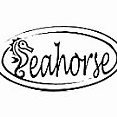
Blocks: wood, card or 3D resin?
0Seahorse replied to georgeband's topic in Masting, rigging and sails
Thank you @georgeband@ for the review of the blocks. 1. They are not translucent because we use an opaque gray resin with additional pigments to make them dark, "more or less" brown. This makes painting easier (although we do not paint blocks in test models) 2. Visible layers should disappear in the second half of the year, as we plan to buy new printers with much better resolution (the old ones don't want to break down 🙂 3. The size of the sheave is a bit too small (as George pointed out), and this is due to the fact that there are holes on both sides of the block. As "wefalck" rightly pointed out, the hole for the rope should be on one side, but many modelers praise the holes on both sides of the block because it does not require inspection during assembly. You take a block and attach it, and that's it (it will always be OK). 4. The size of the holes themselves, which are proportionally too large especially in smaller blocks, result from the fact that it would be very difficult to pull the rope through a hole of the correct diameter. For a rope with a diameter of 0.2 mm, the hole would have to be 0.22 mm. It's probably not impossible, but extremely difficult. Thank you once again for the positive criticism and we will certainly work on correcting some parameters with the new machines. Greetings Tomasz Weremko -

Seahorse Vistula Barge XVII century - Error correction
0Seahorse replied to modeller_masa's topic in Card and Paper Models
Hi, Thank you for many comments, both regarding the model and general ideas for better publishing of subsequent models. I wouldn't want to go into too much detail about every single detail you wrote about. So roughly the most important shortcomings. 1. In fact, the numbers of several parts have been mixed up and it looks like some are duplicated and others are missing. There are no planks missing, because several modelers in Poland have already built this model and they only just noticed the numbering confusion. Either way, this is my oversight. Below is a translation from the opinion of one of the modelers and a link to his work: "... Unfortunately, the project failed to avoid several errors that are easy to fix. These are: - ribs part 11-40. Some of them are longer than the places marked for gluing them on the bottom of the hull, part 10. They do not need to be trimmed. Additionally, I resigned from part c, so as not to make them too thick. - planks. From what I remember, three of them have incorrect markings on the outside. Planks 48La bow part - the number is duplicated, in practice one of them is 46La. The numbers of one of the outer, stern planks, between 46 and 48, have also been swapped, I matched them based on the inner part..." Szkuta built by T. Król And the second build log with similar notes: Szkuta built by Ryszard 2. When it comes to the instructions and assembly drawings, further shots/details can always be added, so whether in my projects or in cooperation with other designers, we will try to ensure that the instructions are as readable and clear as possible for the modeler . Congratulations on the built model! Greeting Tomek -
The moment has finally come, "finally", because I made two sails all week long and made a total of 12 of them. Each time something went wrong (stains), I made a mistake (wrong course of the warp and weft), after the third attempt it turned out that I drew the template wrong, the fourth one had stains again, etc. But finally the model is finished. All in all, with such simple rigging there is not much to describe, so maybe I will share an idea (found on YT and simplified) for a different way of making coils of ropes hung on belaying pins. There are, of course, several methods for making and hanging coils, and one of them involves tying them in such a way that there is a single loop at the top and only this loop is attached to the belaying pin. The original video is here: How to make coils. Taking into account that the scale is smaller, I used a 6mm round dowel in which I quickly cut a groove. 1. I braided dowel 4 times 2. I passed one loop 3. I put the second loop into the first loop 4. I tightened everything together 5. the size of the loop can be adjusted with the free end of the rope I don't know how this method will work at 1:100, but at 1:50 it's certainly a good idea. And now a few pictures: Greetings Tomek
- 9 replies
-
- Speeljacht
- card
-
(and 1 more)
Tagged with:
About us
Modelshipworld - Advancing Ship Modeling through Research
SSL Secured
Your security is important for us so this Website is SSL-Secured
NRG Mailing Address
Nautical Research Guild
237 South Lincoln Street
Westmont IL, 60559-1917
Model Ship World ® and the MSW logo are Registered Trademarks, and belong to the Nautical Research Guild (United States Patent and Trademark Office: No. 6,929,264 & No. 6,929,274, registered Dec. 20, 2022)
Helpful Links
About the NRG
If you enjoy building ship models that are historically accurate as well as beautiful, then The Nautical Research Guild (NRG) is just right for you.
The Guild is a non-profit educational organization whose mission is to “Advance Ship Modeling Through Research”. We provide support to our members in their efforts to raise the quality of their model ships.
The Nautical Research Guild has published our world-renowned quarterly magazine, The Nautical Research Journal, since 1955. The pages of the Journal are full of articles by accomplished ship modelers who show you how they create those exquisite details on their models, and by maritime historians who show you the correct details to build. The Journal is available in both print and digital editions. Go to the NRG web site (www.thenrg.org) to download a complimentary digital copy of the Journal. The NRG also publishes plan sets, books and compilations of back issues of the Journal and the former Ships in Scale and Model Ship Builder magazines.

